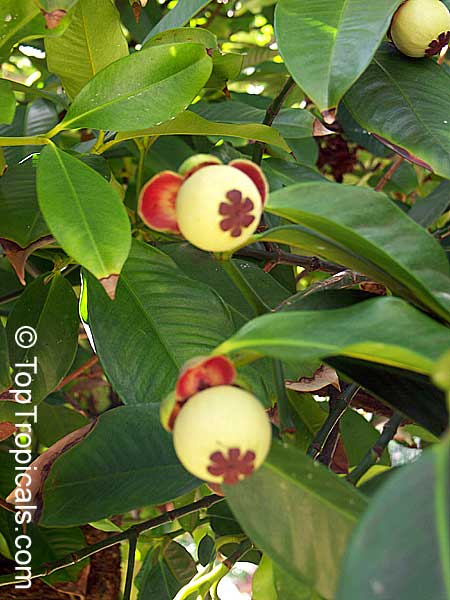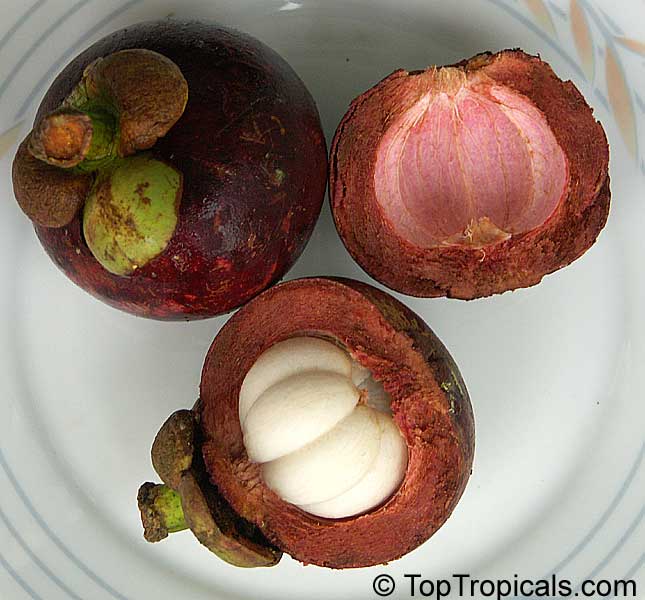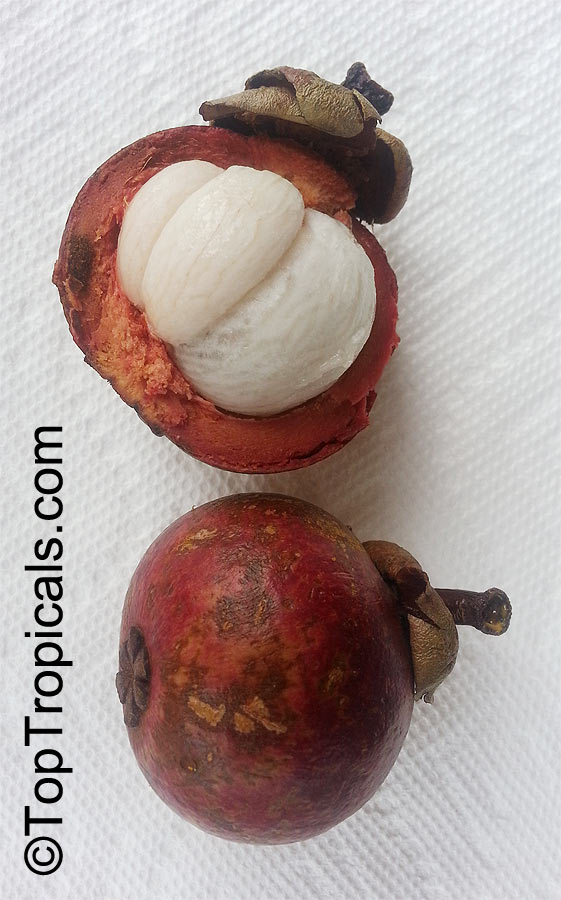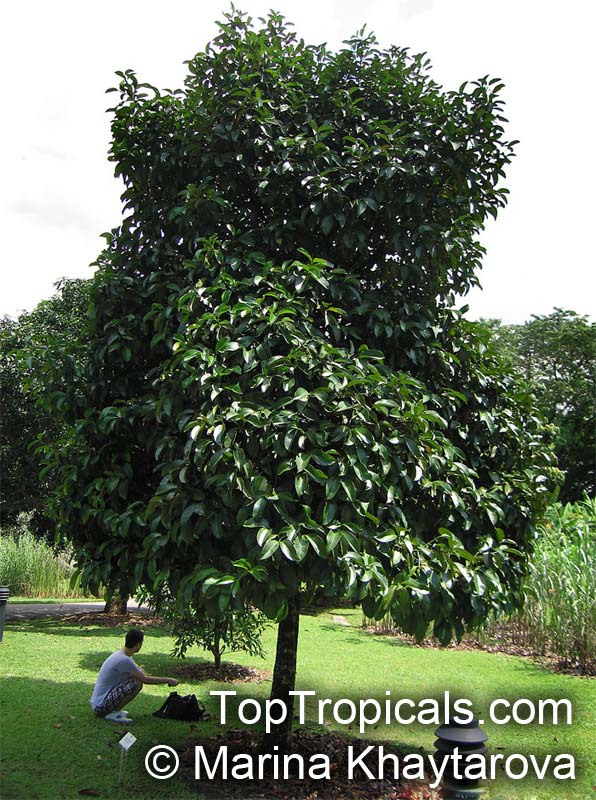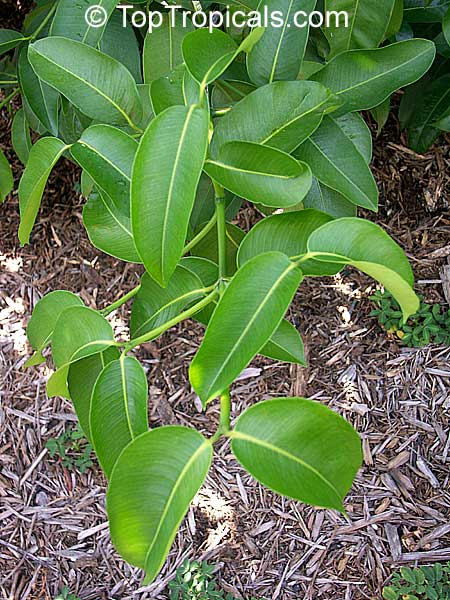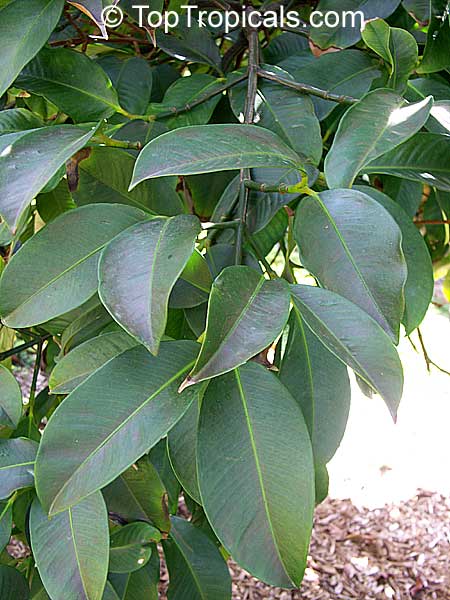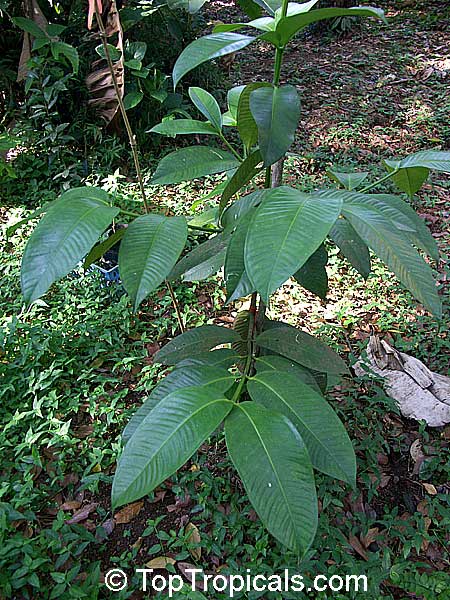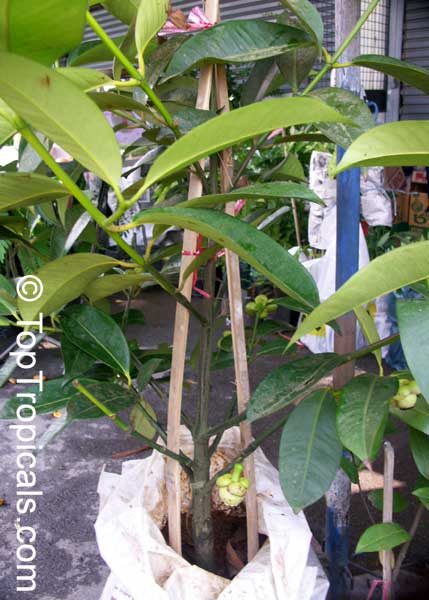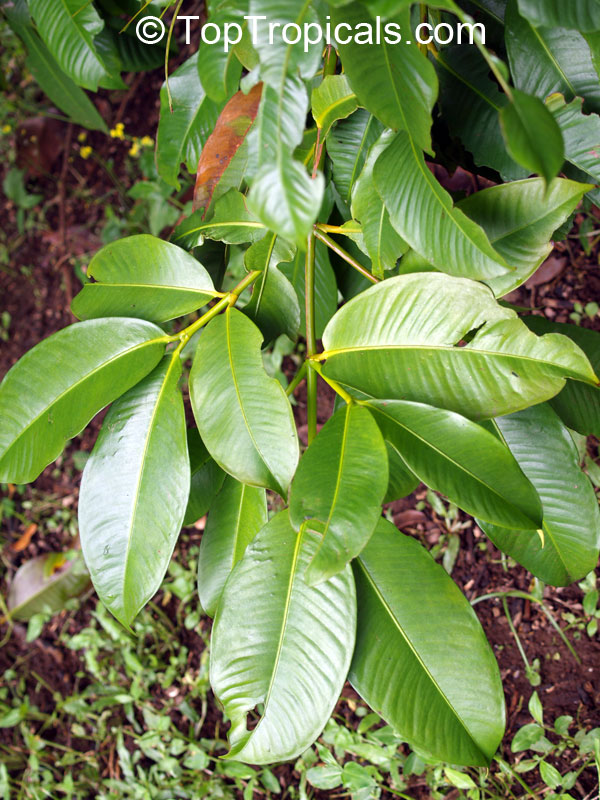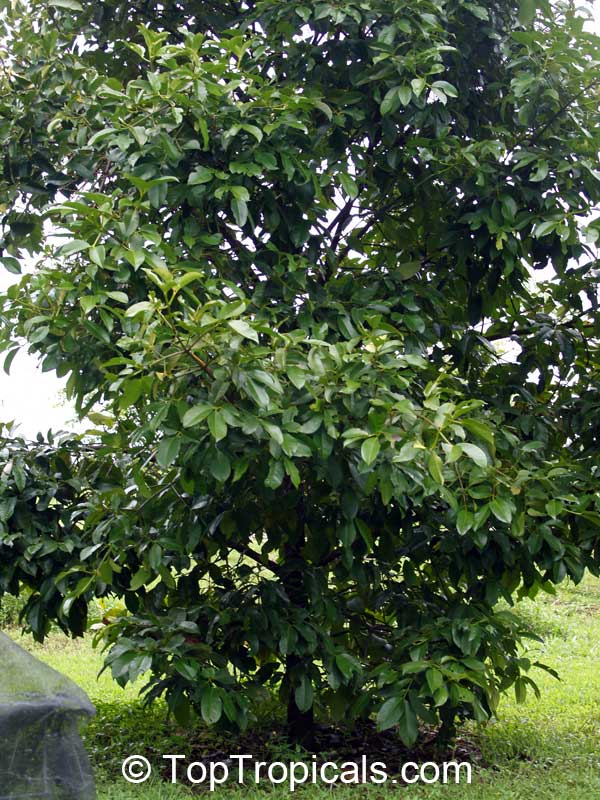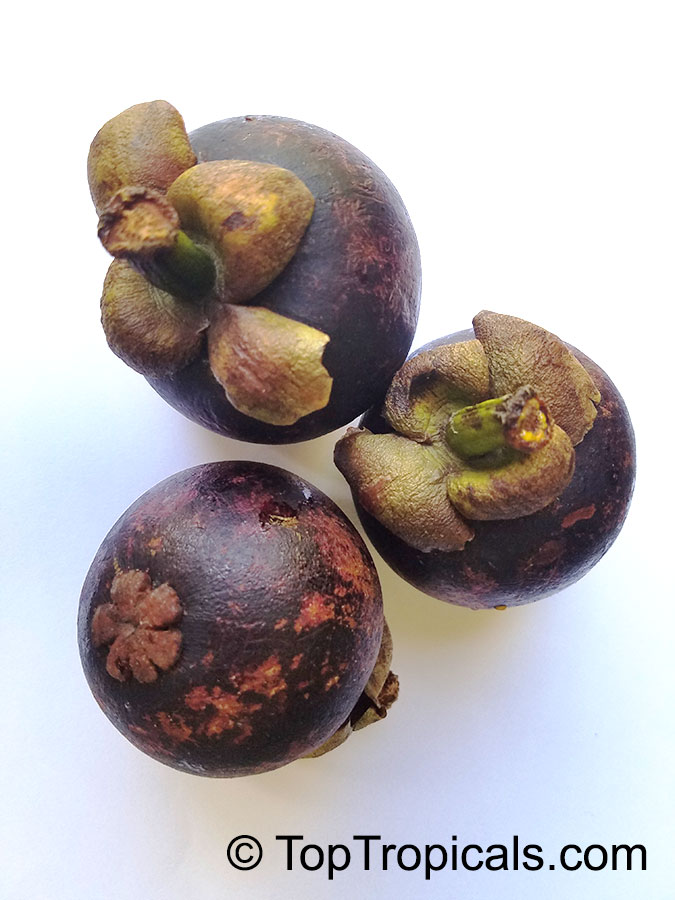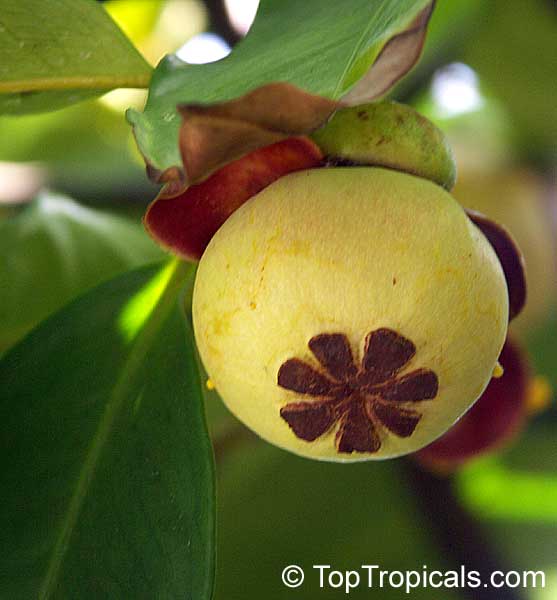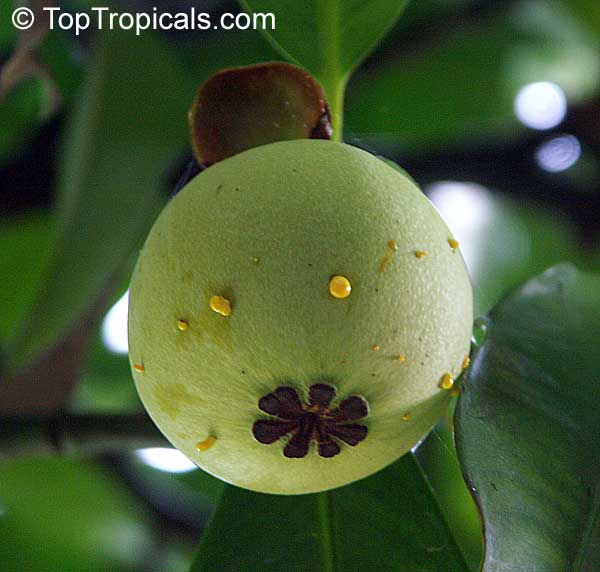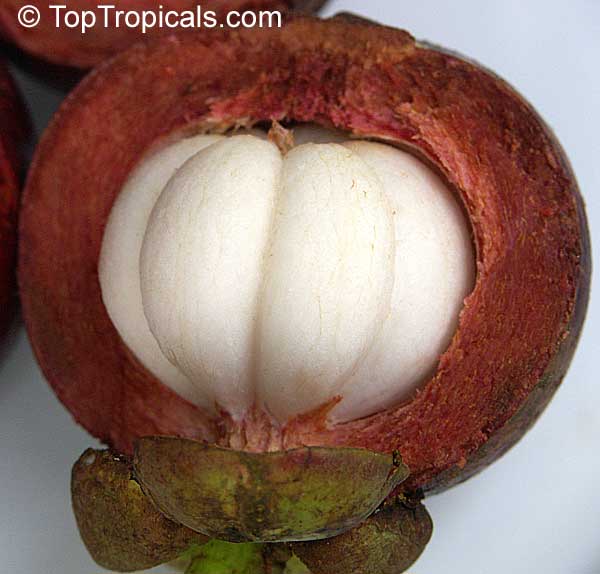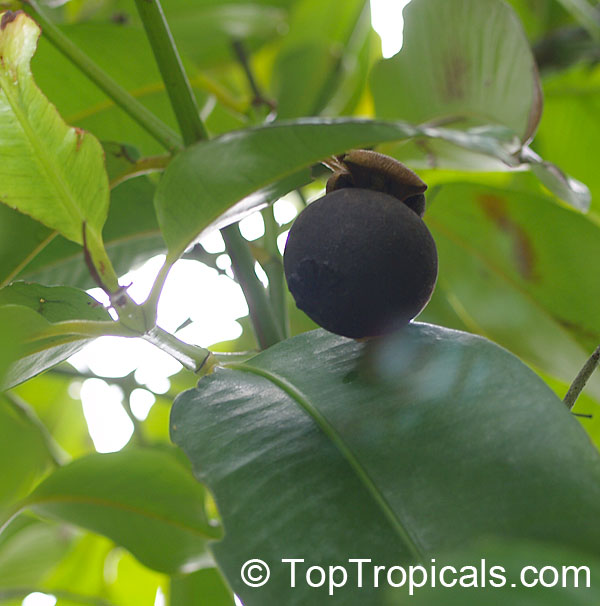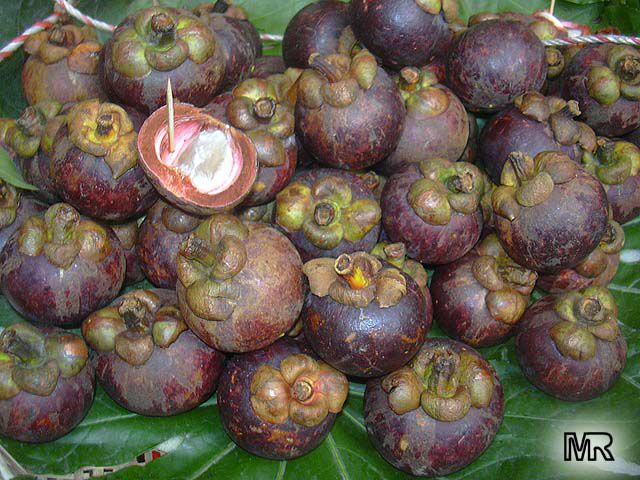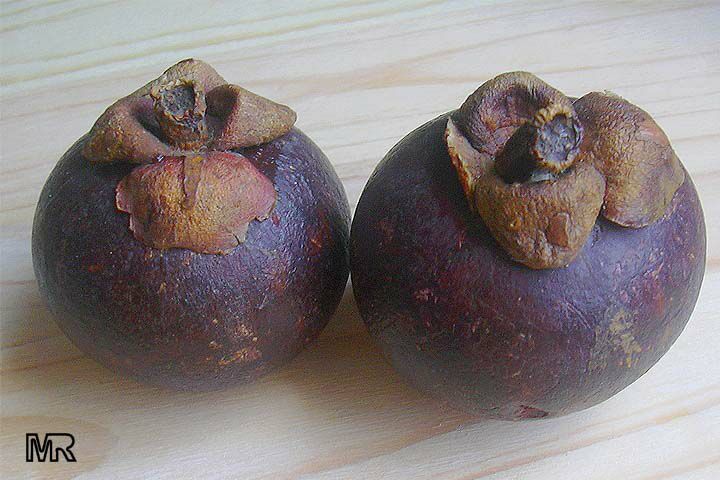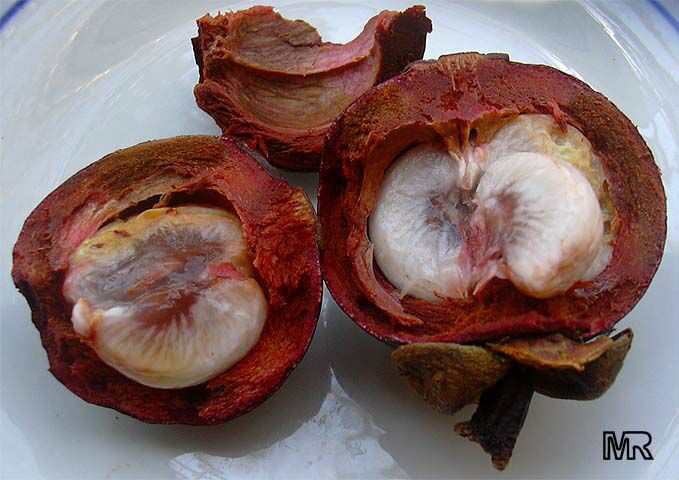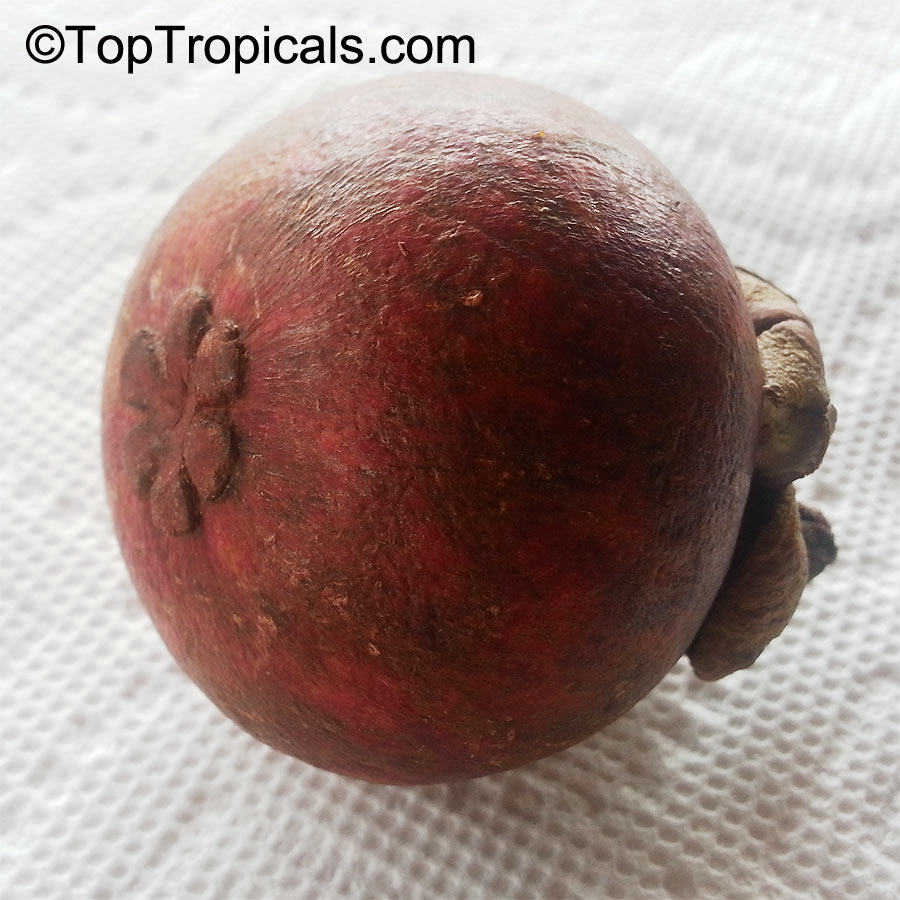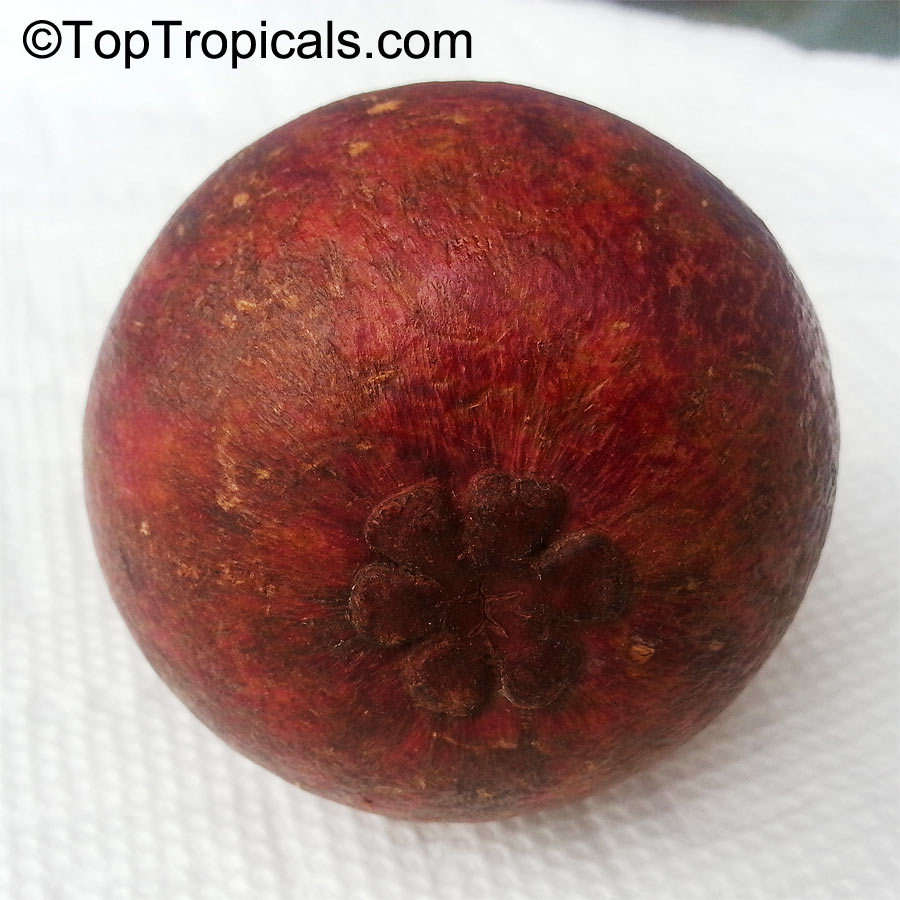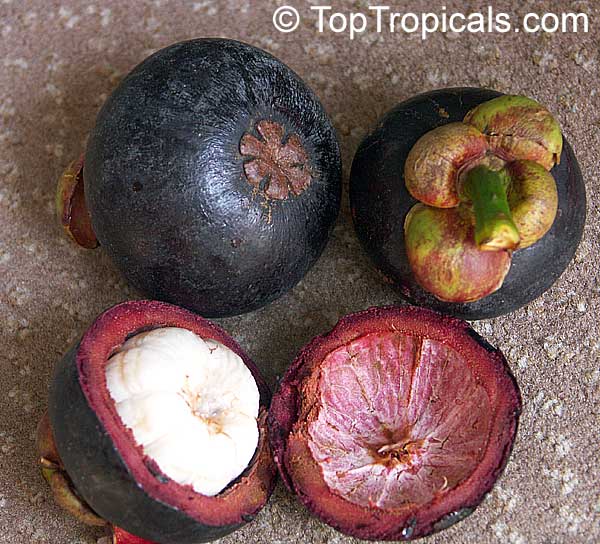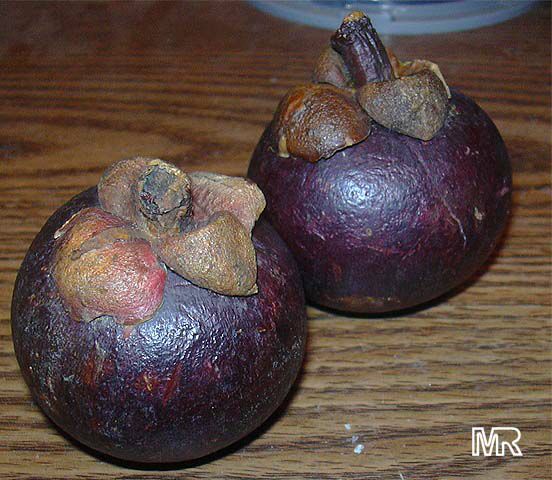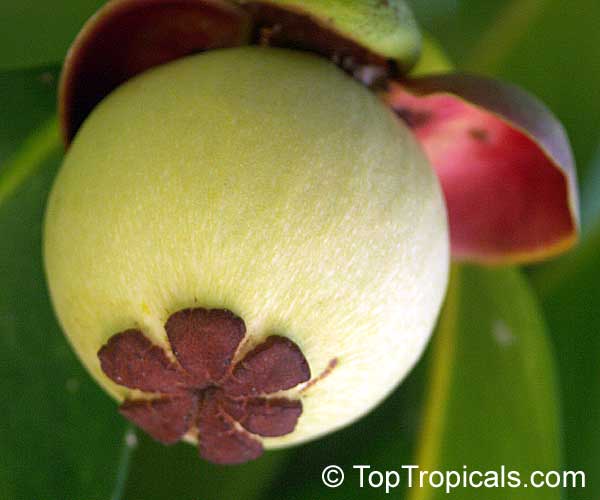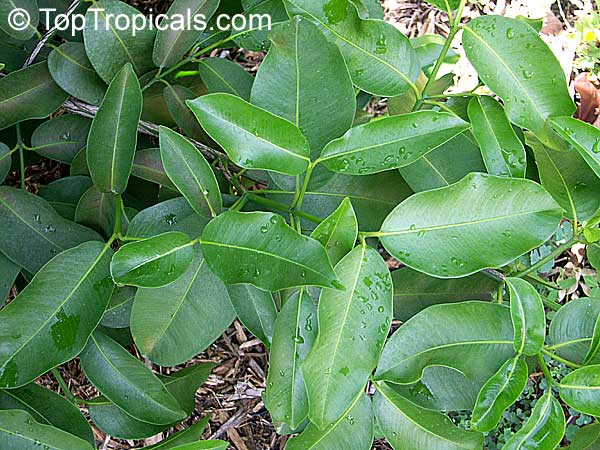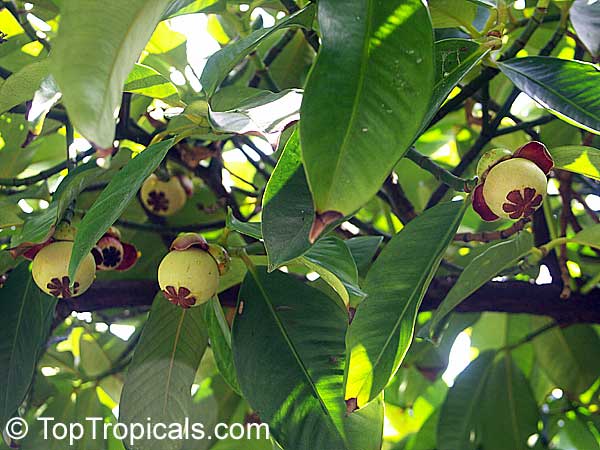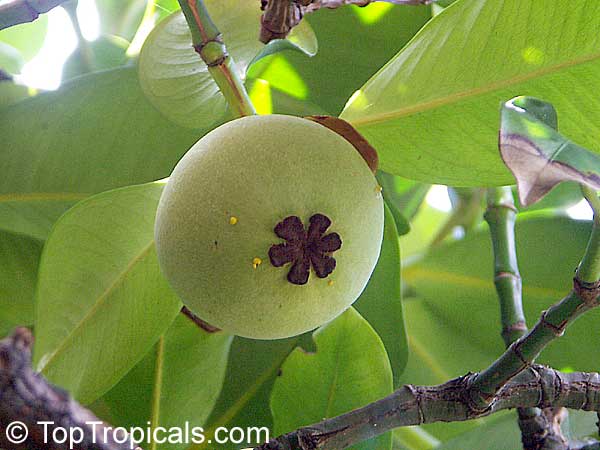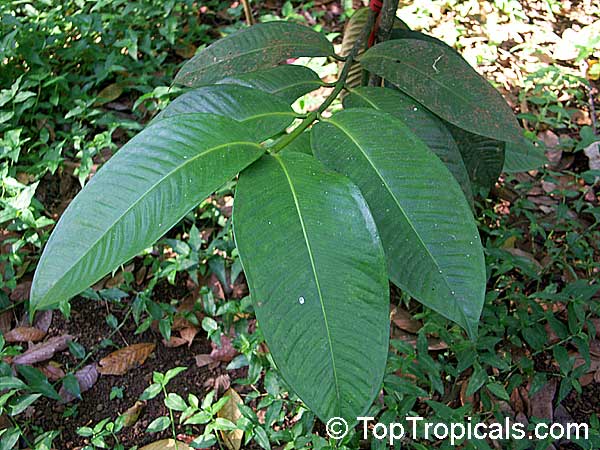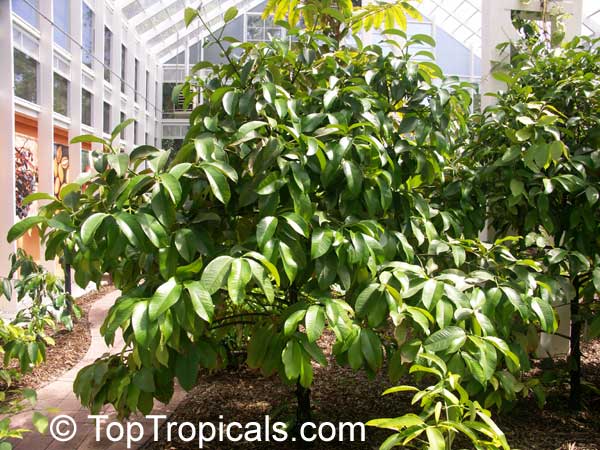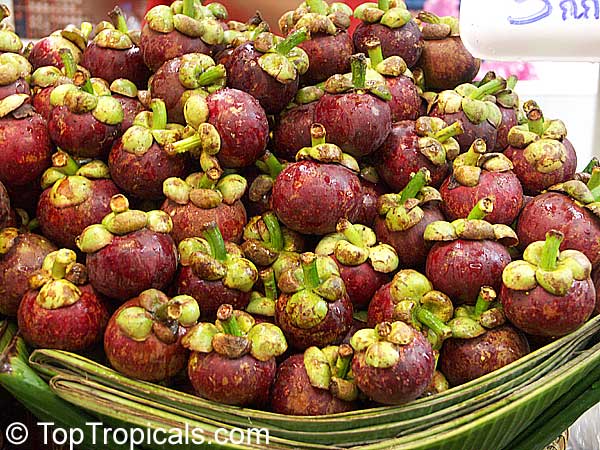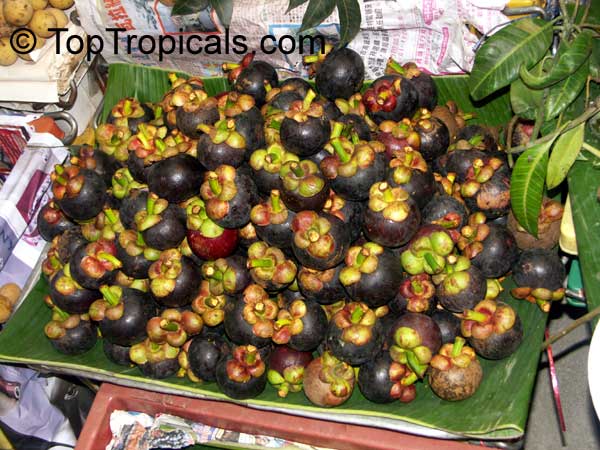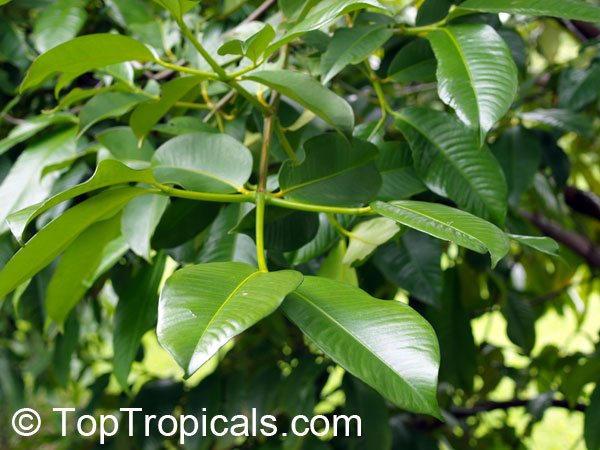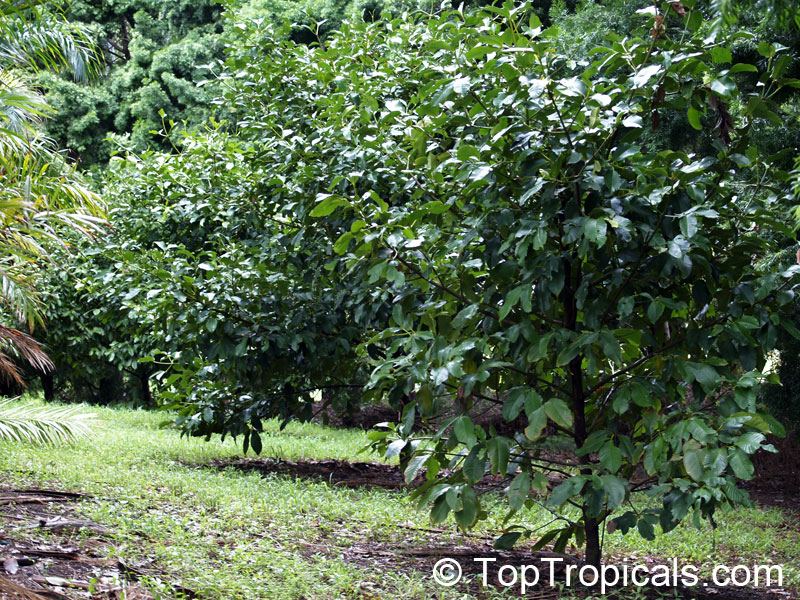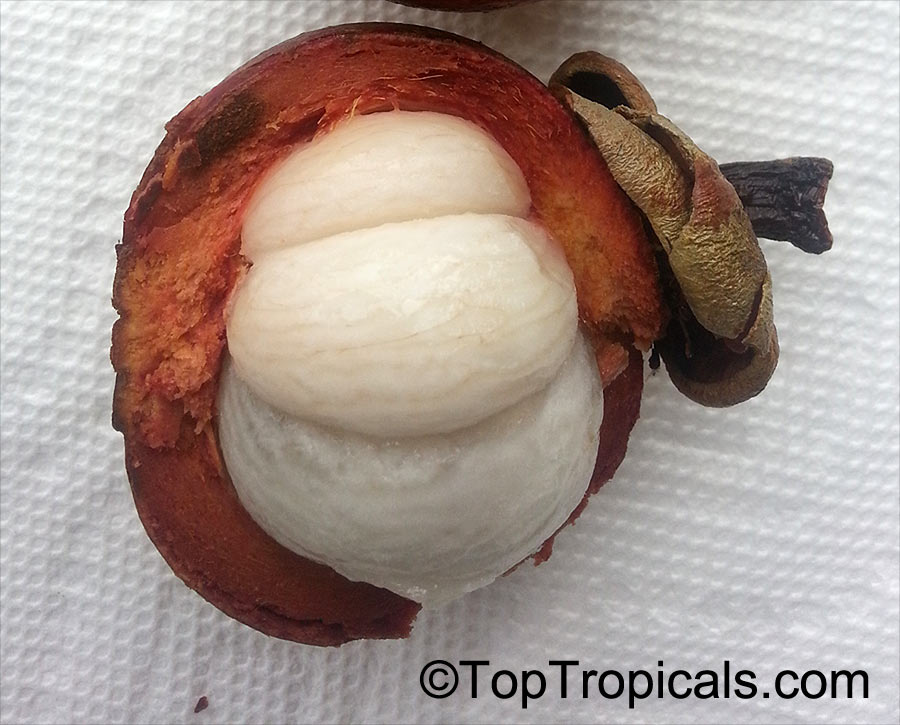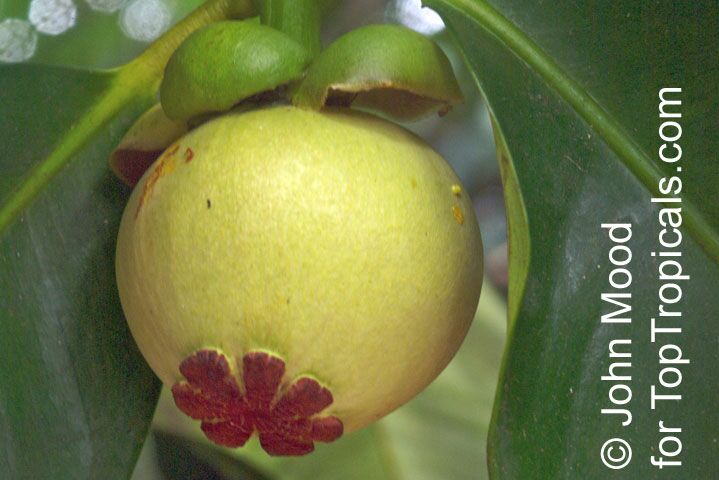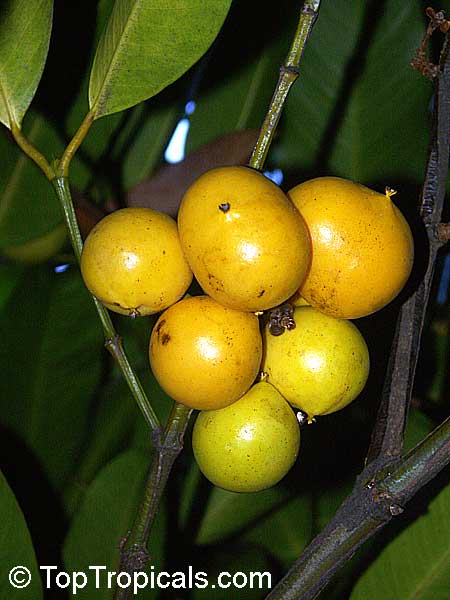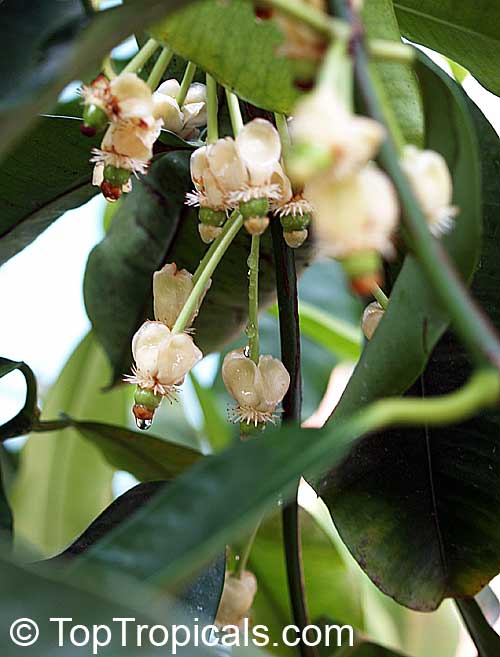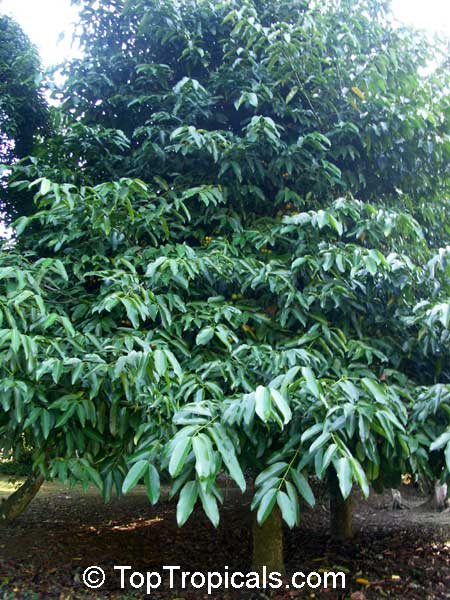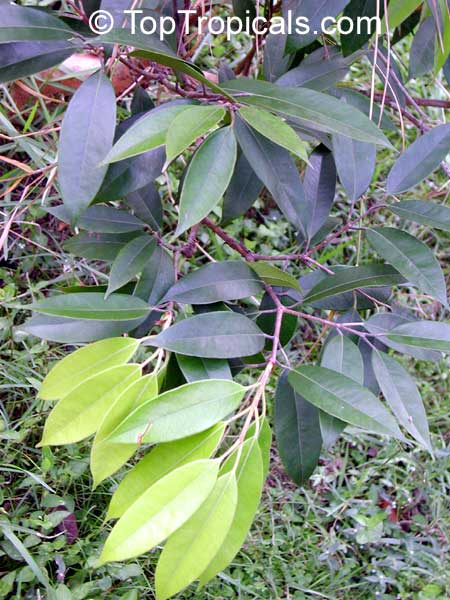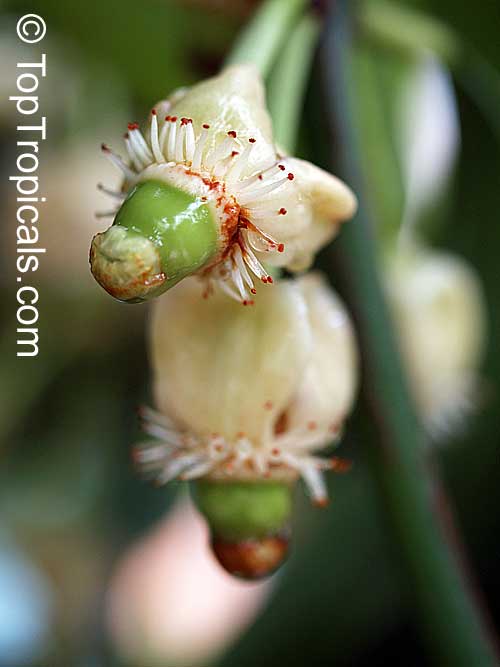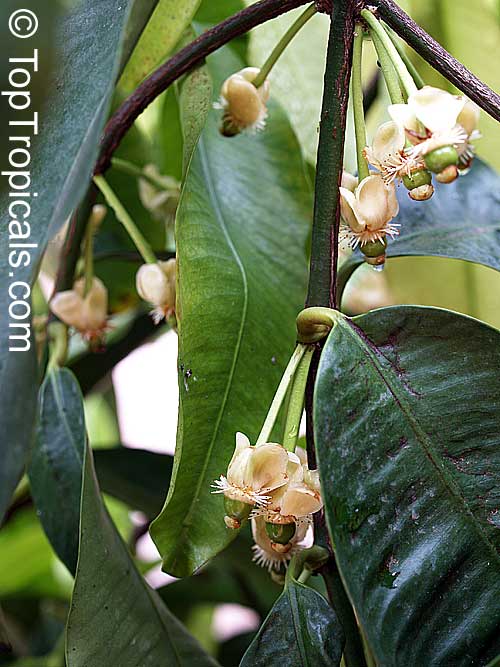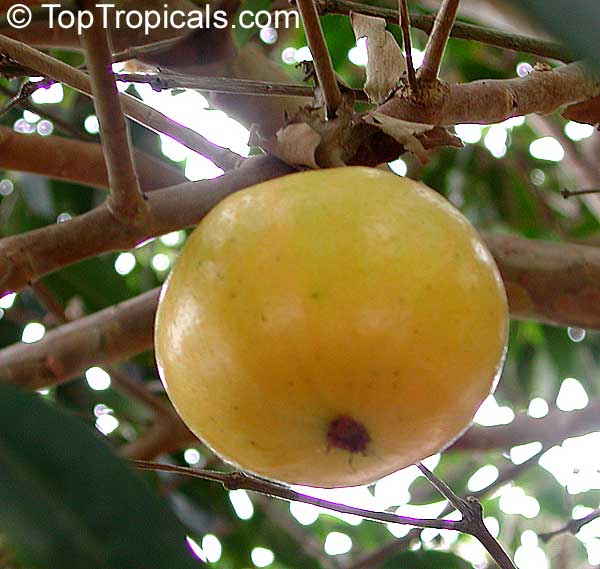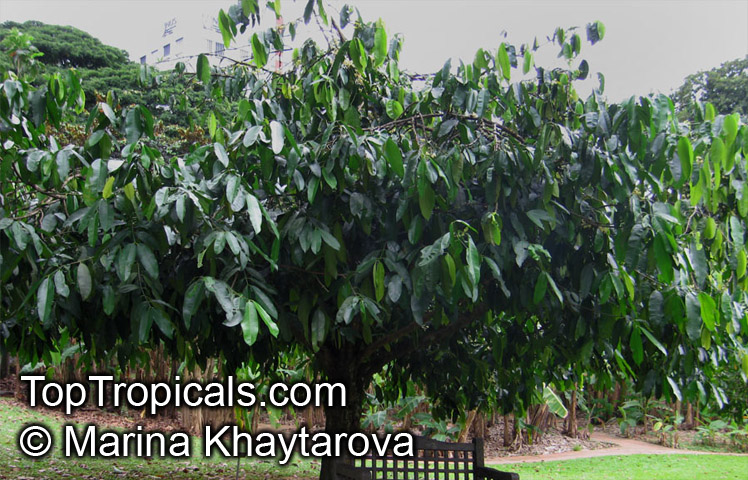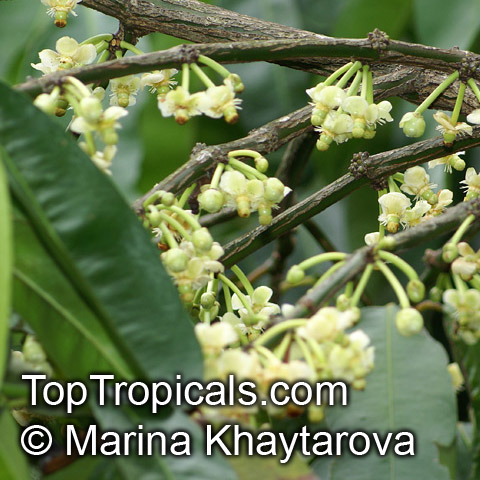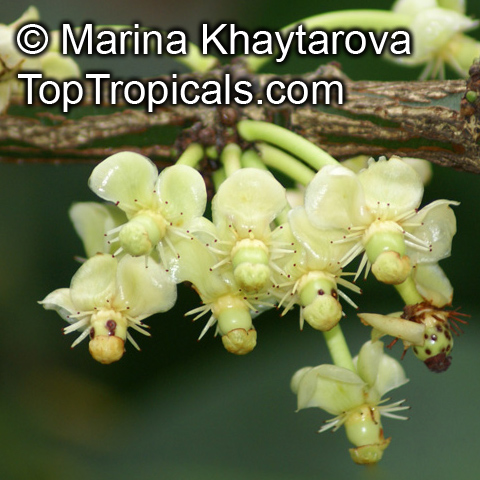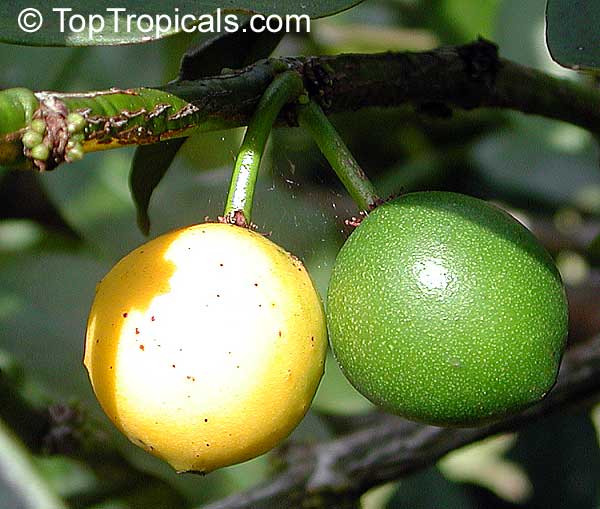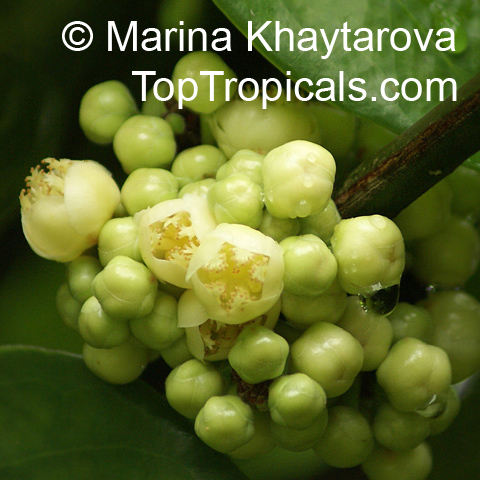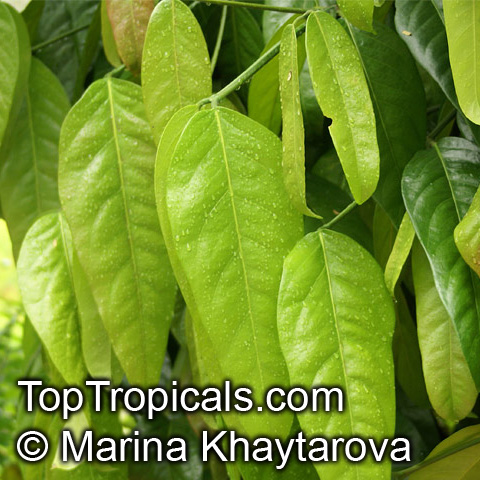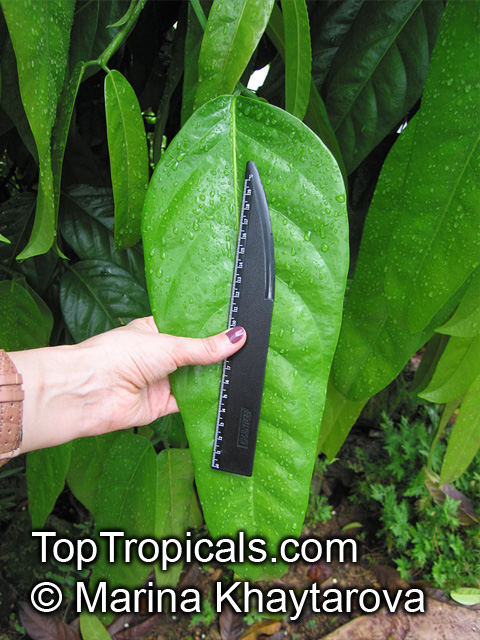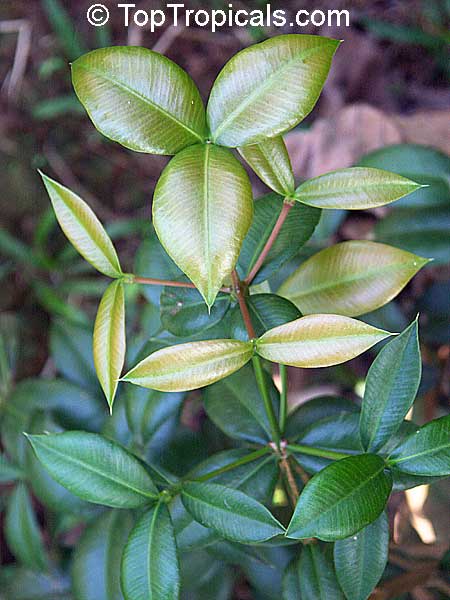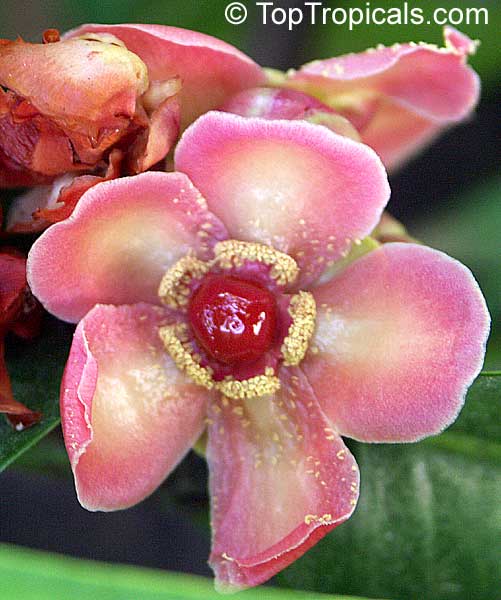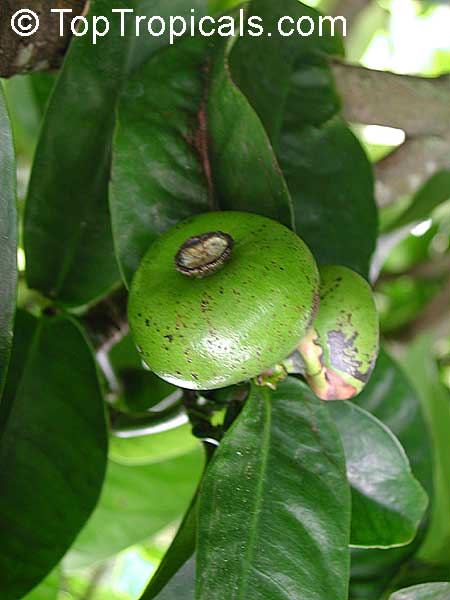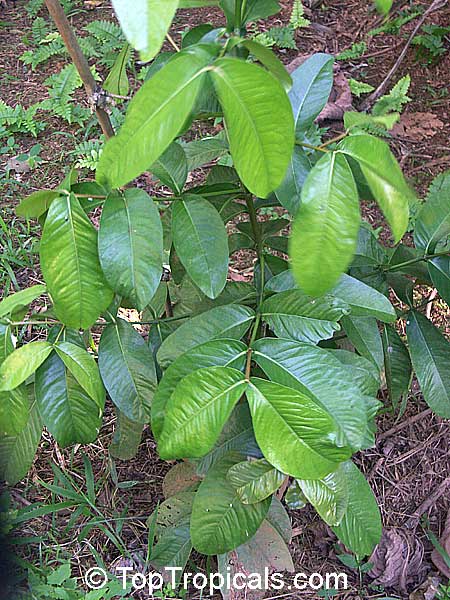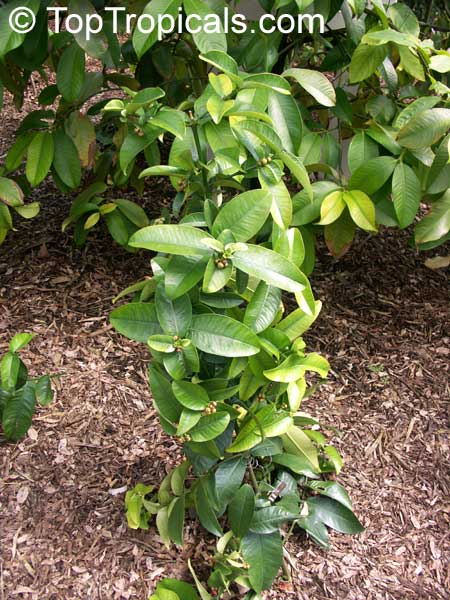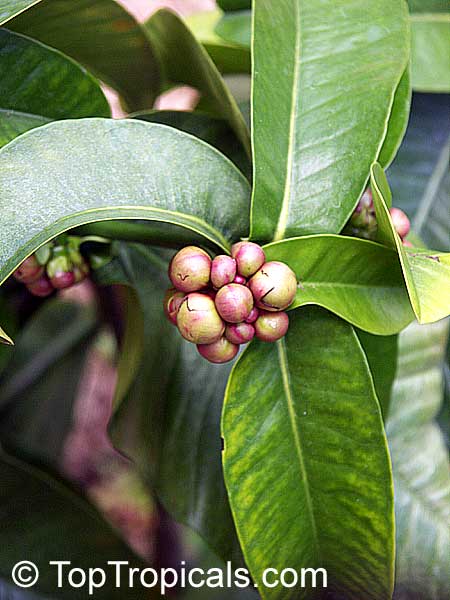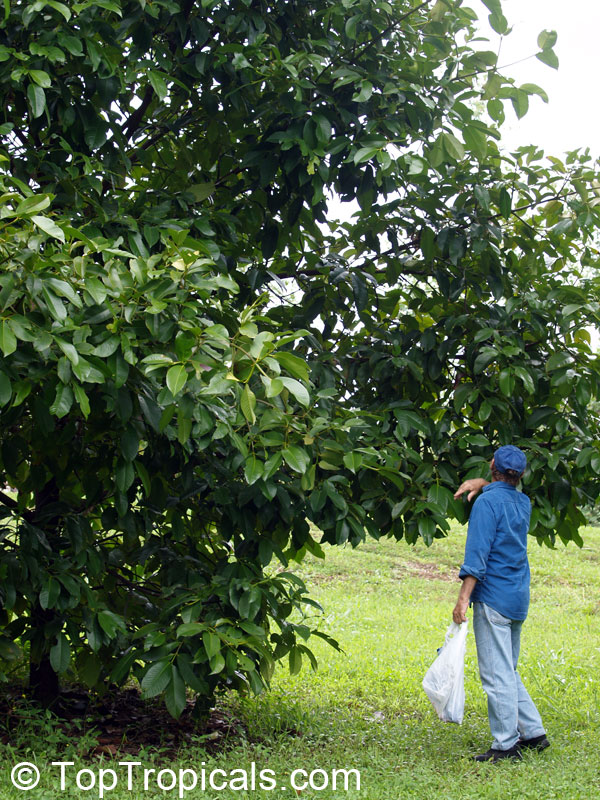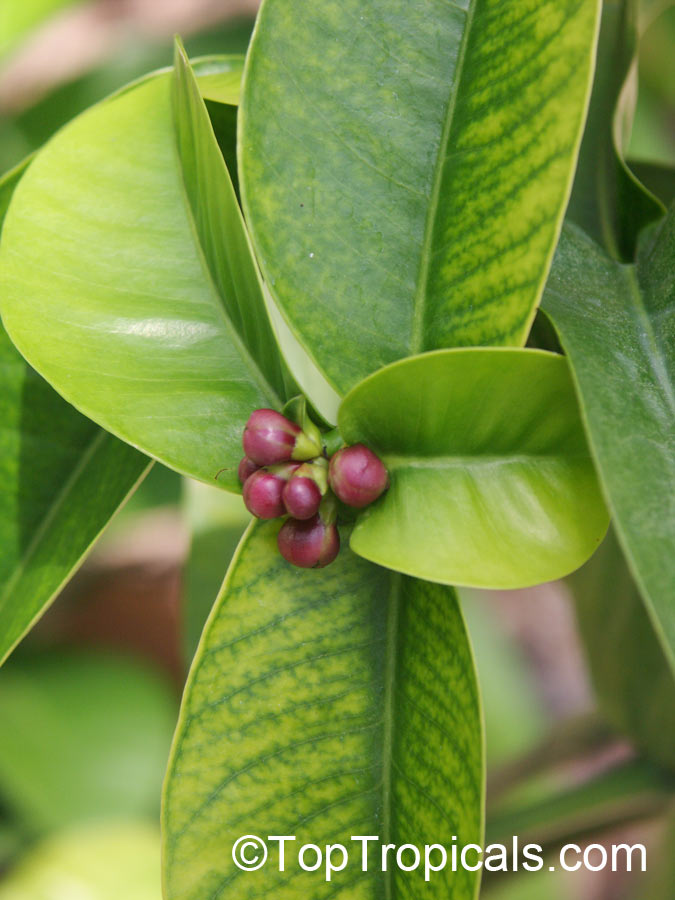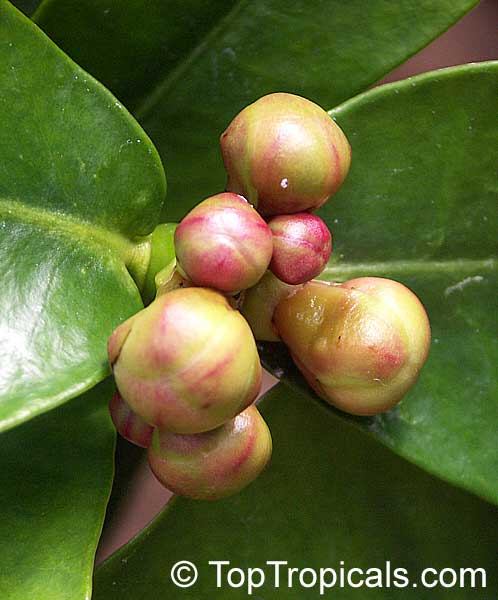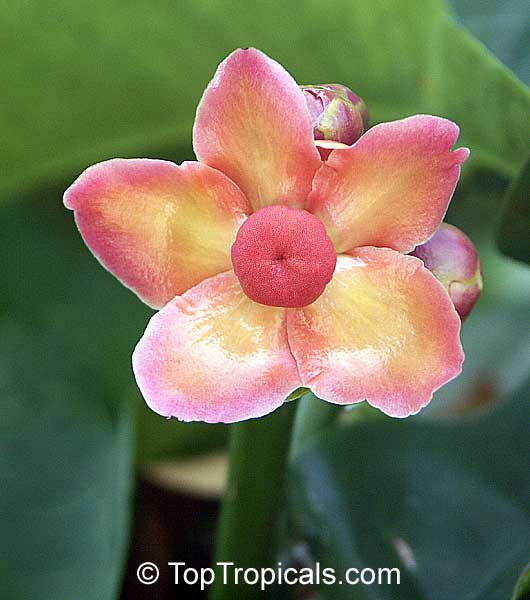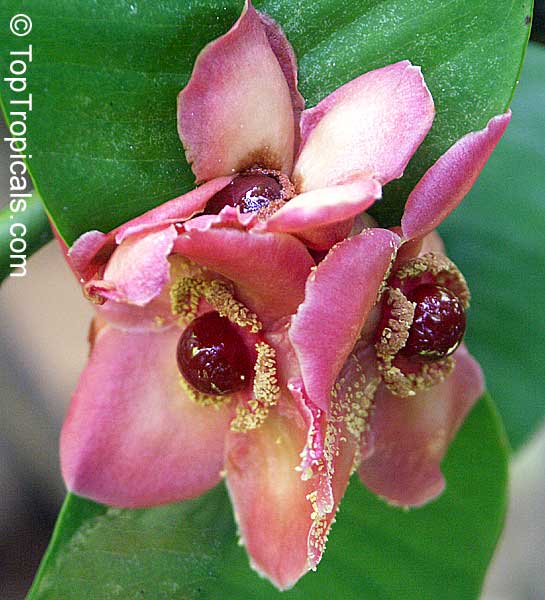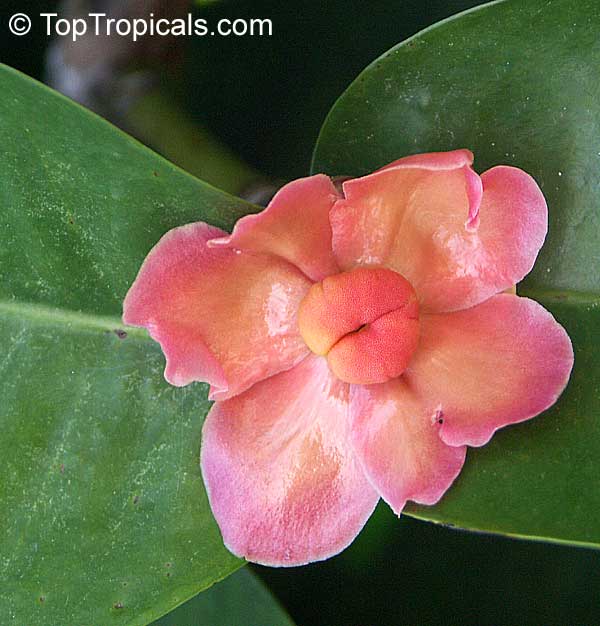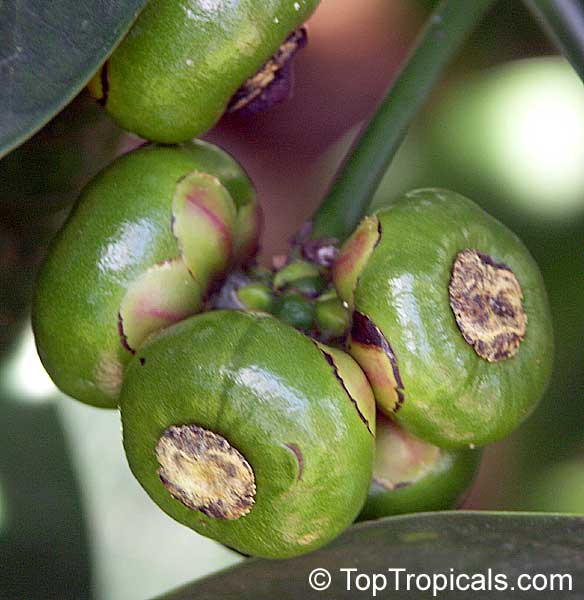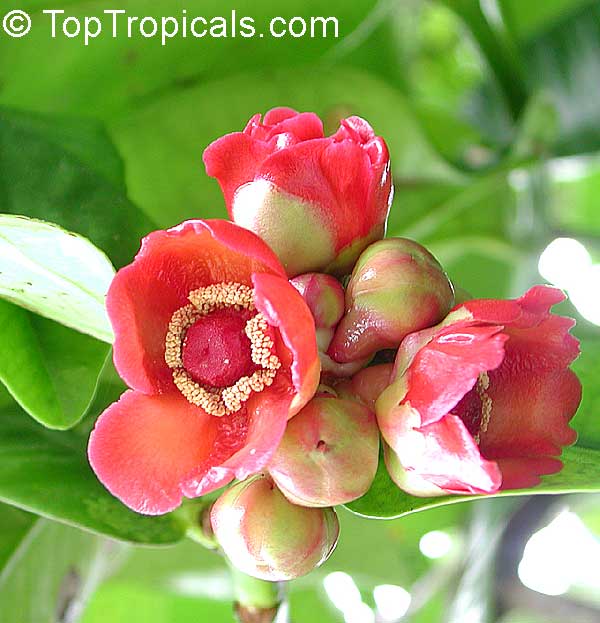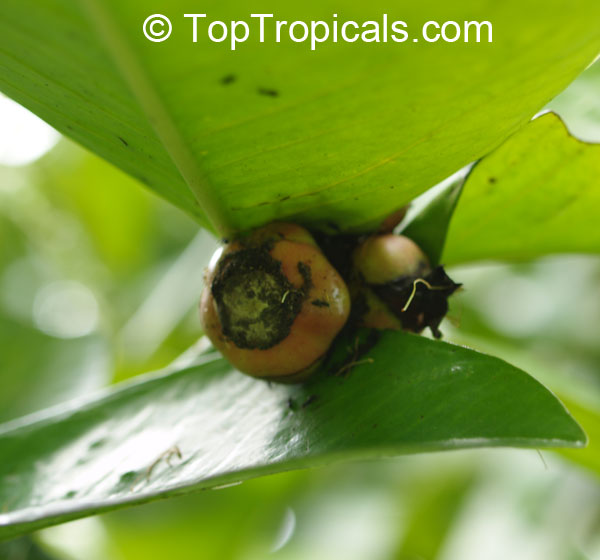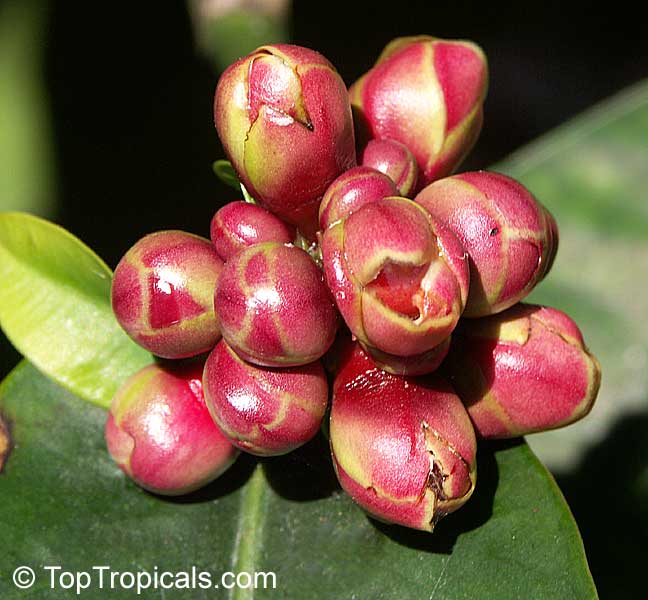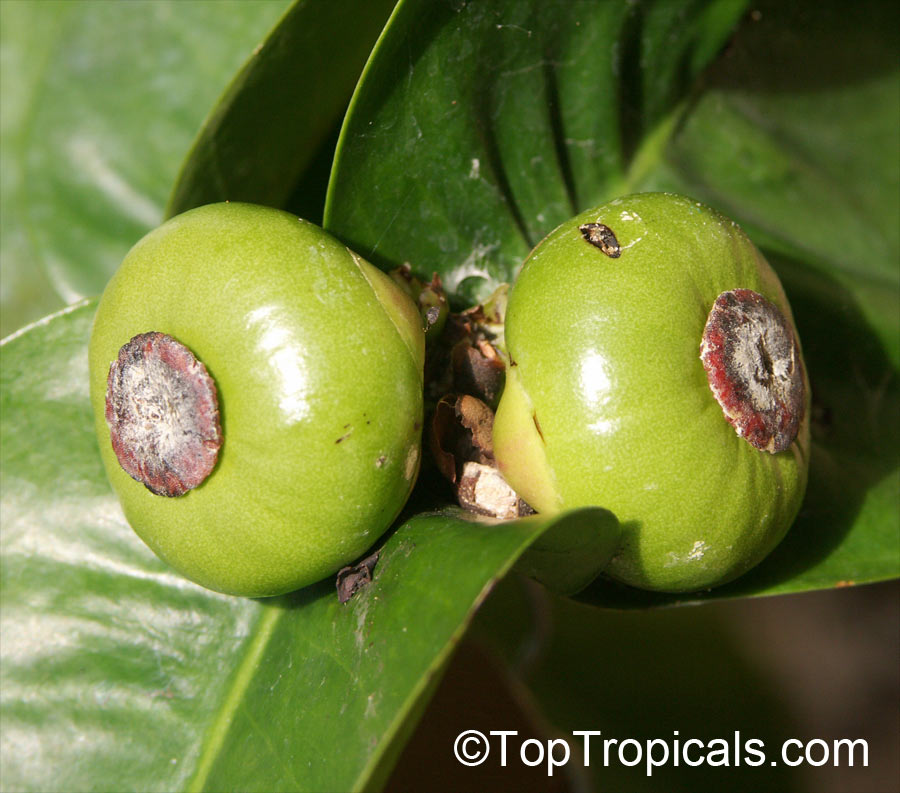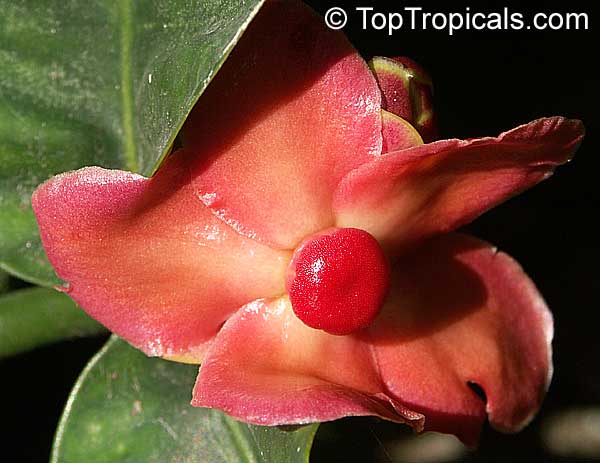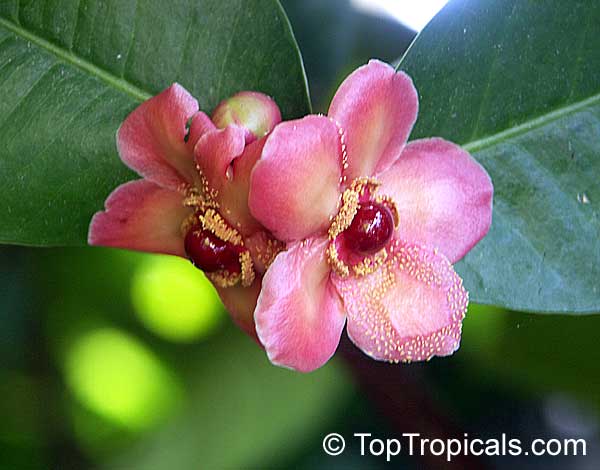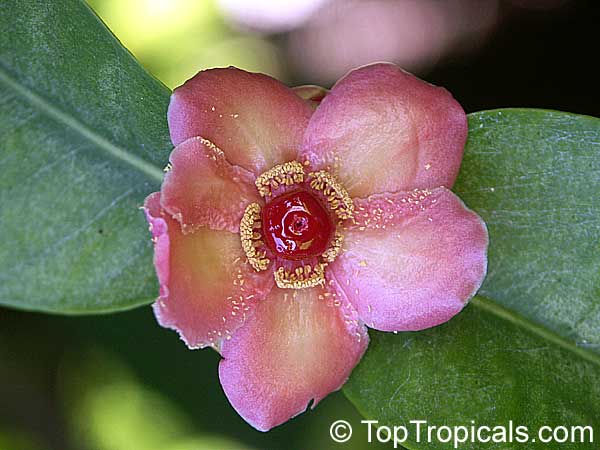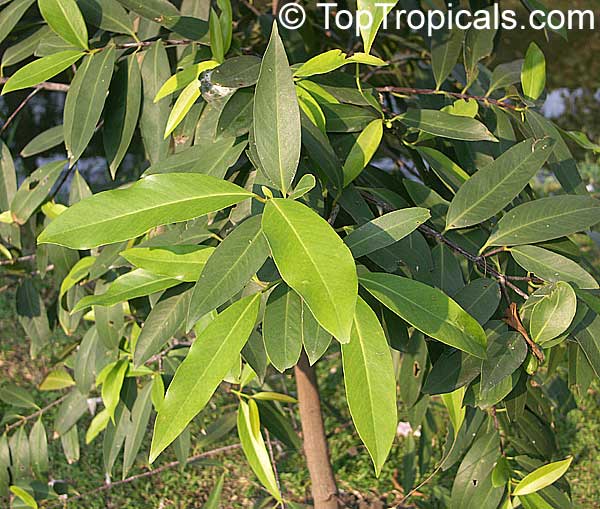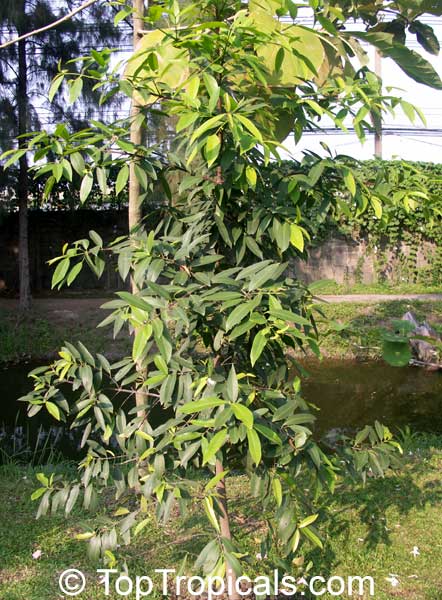Garcinia - Plant Encyclopedia Results
Top Tropicals Plant Encyclopedia
| Number of plants found: 19 | Next | 
|
Go to page: | 1 | 2 |
Botanical name: Garcinia atroviridis
Common names: Asam Gelugor, Gelugor
Family: Clusiaceae / Guttiferae
Origin: Malaysia








Garcinia atroviridis (Asam Gelugor) is a large rainforest tree that usually grows to heights of more than 20 feet tall and is native to Malaysia. Its large leaves are green, oblong-lanceolate in shape. The tree produces dark red, crimson and vinous flowers. Fruit production can vary from tree to tree. But generally, Garcinia atroviridis can produce more than 20 fruits which each contain about 5 seeds. The flesh is rich in vitamins and minerals like Vitamin C, Iron, and Magnesium, as well as being a good source of healthy dietary fiber. It is also rich in Gallic Acid, which is an antioxidant and anti-inflammatory agent believed to be beneficial in controlling inflammation and boosting the immune, cardiovascular and hormone systems. Ripe fruit appears as a bright-yellow orange and has a sour taste which makes it unappetizing to eat raw. Instead of eating it raw, Asam fruit is typically sliced, dried, then stewed and used as a warm and sour ingredient in many Asian dishes such as curries and soups.
The tree is used in ethnomedical plants and its fruit is very versatile. It has been used for centuries as a digestive aid as well as for its appetite-suppressing effects. When taken in capsule form, it is recommended to take two prior to meals as a natural appetite suppressant.
Garcinia atroviridis can be grown in USDA Zones 9-10, provided it has access to full sun or semi-shade, and is watered regularly. In cold regions, it can be successfully grown in a pot, but requires protection from cold weather.
Botanical names: Garcinia gummi-gutta, Garcinia cambogia
Common names: Brindleberry, Brindall berry, Gambooge, Malabar Tamarind, Kudam Puli
Family: Clusiaceae / Guttiferae
Origin: Indonesia









Garcinia gummi-gutta is an evergreen large tree that typically grows in warm, humid areas; it is usually taller than 20 feet. A smaller variety of the tree is also available, measuring at 10-20 feet. It flourishes mainly in areas where the weather is hot, and can thrive in both full sun and semi-shade exposure. When it comes to taking care of a Garcinia gummi-gutta tree, it is necessary to provide it with a consistent amount of water and organic fertilizer. In addition, it is important to prune it regularly in order to maintain an appropriate size and fruit production. Growing guidance in the cooler regions may vary, so container planting and protection from frost is recommended.
The flowers of the plant bloom either in red, crimson, or vinous colors while the fruit can vary from yellow to orange. Not only is Garcinia gummi-gutta an ethnomedical plant that has been used for centuries to heal various ailments, it also bears edible fruit that contains a range of beneficial compounds. The fruit is very healthy and can provide a good source of dietary fiber. Garcinia gummi-gutta can produce up to 200 fruits a year, which can be eaten raw or cooked in dishes. Not only possesses the fruit a range of medicinal qualities, its juice is also used for flavoring and preparing curries. As a result, Garcinia gummi-gutta is an essential ingredient to many traditional recipes in Southeast Asia. Altogether, these properties make this plant a popular choice for any garden.
Botanical name: Garcinia hombroniana
Common names: Seashore Mangosteen, Luli
Family: Clusiaceae / Guttiferae
Origin: Malaysia








Naturally grows near seashores, so it likely salt and sand tolerant. Flowers are whitish, and occur terminally in clusters of 1-3. Trees are dioecious. Seashore mangosteen is propagated by seeds, which germinate in 3-4 weeks. It may be used as a rootstock for mangosteen (Garcinia mangostana - mangosteen grafting). It is very tolerant adverse soil and climatic conditions, being adapted to growing in sandy and rocky soils near the beach in its native habitat. It also grows well in acid clay soils, and tolerates drought as well as high rainfall.
Trees are dioecious. The fruit is smooth, spherical and beaked, with a pinkish red peel. The interior is segmented, like the mangosteen, but the pulp is yellowish, thin and sour, although it has a good flavor. Most segments contain one flat seed. The roots and leaves are used medicinally to relieve itching.
Botanical name: Garcinia livingstonei
Common names: Imbe, Rheedia, Lowveld Mangosteen
Family: Clusiaceae / Guttiferae
Origin: Mozambique, Zimbabwe Northern Botswana






Garcinia livingstonei is a large shrub to small tree, growing 5-10 ft tall in warmer climates and 10-20 ft tall in more temperate climates. It is an ethnomedical plant that is native to Mozambique, Zimbabwe, and Northern Botswana. Imbe thrives in full sun, with moderate water requirements. Once established, the plant can tolerate heavy pruning and even light frosts, making it cold hardy in USDA Zone 10-11, surviving down to temperatures of 30s F.
Fruits of Garcinia livingstonei are smallish and ovoid to round, having a thick and durable rind, which can range in color from orange to yellow. Its flesh is made up of an edible, acid-sweet whitish pulp that surrounds a small seed. The fruit is considered rich in vitamins and minerals, with a high nutritional value. When mature, a Lowveld Mangosteen can produce hundreds of fruits for harvesting.
From a plant care perspective, Garcinia livingstonei does not have particularly specific requirements. In colder regions it can easily be grown in a pot that can be moved indoors during periods of extreme cold. The plant should be pruned to control growth and encourage the formation of lateral branches, providing the stem with a bushy, globe-like shape that is aesthetically pleasing.
Recommended Fertilizer: SUNSHINE C-Cibus - Crop Nutrition Booster
SUNSHINE-Honey - sugar booster
Botanical name: Garcinia mangostana
Common name: Mangosteen
Family: Clusiaceae / Guttiferae
Origin: Malay Peninsula







Cultivated in Malaysia, Thailand, Indonesia and the Philippines. This delicious fruit has a thick, dark-red skin, inside which are creamy white segments with a sweet, slightly tart flavor. Purported by many who have had the luxury of tasting it as being the best tasting fruit in the world. While possibly a bit extreme, the mangosteen is instantly liked by many who eat it. The medical problems this product apparently solves are remarkable. Diabetes, high blood pressure, acid reflux, anti-inflammatory agent, fibromyalgia, psoriasis, antidepressant, anti-fungal, antibacterial, antioxidant and even some forms of cancer cell growth inhibition are just to name a few. The tree is an attractive columnar or pyramidal slow growing evergreen, which attain a height of 30 to 40 feet. It has a strong central trunk with evenly spaced side branches, which become pendent at the tips as the tree ages. The leathery leaves are opposite, short stalked, and elliptic oblong with acuminate tips. The upper surface is bright shining green. The under surface is a dull green. All parts of the plant are without pubescence. Trees are highly sensitive to soil and alkalinity. Trees often do poorly in Florida not because of climate but because of salt spray, sandy soil, and high salt in the soil. Prefers humid conditions with over 100" of rain per year. Mangosteens can be planted near streams, ponds, or other bodies of water where portions of their root systems remain moist year-round. Heavy mulching is recommended in drier areas to retain soil moisture. Flowering and fruiting usually occurs in summer or after periods of heavy rainfall. Mature trees may bear anywhere from 100 to 3000 fruits. Seeds have extremely short viability, only 1 to 5 days, and must be planted immediately upon removal from the fruit. Germination takes place in 2 to 3 weeks. Seedlings soon develop a long tap root which is vital to the survival of the tree so great care should be taken when transplanting. Other forms of propagation are usually unsuccessful. Fruiting takes from 6 to 12 years from seed.
The plants are well established, 10-12" tall, with several leaves. Ready to step up in next size container.
Mangosteen. This delicious fruit has a thick, dark-red skin, inside which are creamy white segments with a sweet, slightly tart flavor. Purported by many who have had the luxury of tasting it as being the best tasting fruit in the world.
This item can not be shipped. Pick up only. We can provide local delivery around Ft. Myers or Sebring, Florida. Contact us for an estimate. Non-pickup orders are subject to restocking fees.
Recommended Fertilizer: SUNSHINE C-Cibus - Crop Nutrition Booster
SUNSHINE-Honey - sugar booster
Botanical names: Garcinia megaphylla, Garcinia macrophylla, Rheedia macrophylla, Garcinia magnifolia, Rheedia magnifolia
Common names: Bacuru Pary, Bacuripari
Family: Clusiaceae / Guttiferae
Origin: South America







In some sources Garcinia megaphylla is indicated as synonim of Garcinia magnifolia.
It is found in Brazil in 1841, in the Amazonian montian forests.
Bacuripari is an evergreen tree with stiff, leathery leaves, growing 20-25 ft tall.
The fruit is very popular within its native range. It is commonly gathered from the wild, and is also sometimes cultivated, especially in home gardens, for the fruit which is widely sold in native markets. It is eaten raw or made into jams. The white, aril-like pulp is agreeably subacid. It has many medicinal properties.
Botanical name: Garcinia nervosa
Common names: Mountain Garcinia, Pear Mangosteen
Family: Clusiaceae / Guttiferae
Origin: Borneo





Botanical names: Garcinia portoricensis, Rheedia portoricensis
Common names: Reedia, Garcinia
Family: Clusiaceae / Guttiferae
Origin: Puerto Rico





Rare, Puerto Rican fruit that is closely related to Rheedia aristata (Cuban Mangosteen).
Very slow grower; attractive ornamental.
Botanical name: Garcinia prainiana
Common names: Cherapu, Button Mangosteen
Family: Clusiaceae / Guttiferae
Origin: Thailand, Borneo






Garcinia prainiana prefers full sun and must be grown in a well-draining soil that contains high organic matter for optimal plant health. The plant thrives in warm, humid climates and well-watered soil, but is also capable of surviving extreme flooding and long dry periods in its native habitat. In colder climates, however, it must be grown in a large container to be overwintered indoors or in a heated greenhouse. It requires regular watering and in dry conditions, may need to be watered every day.
In USDA Zone 9-11 this tropical tree is self-fruiting and can reach a height of 10 to 20 ft tall and produce a bounty of fruits multiple times each year. The Button mangosteen tree is an attractive landscape feature, valued for its pink blooms and fresh fruits. The flesh of the orange fruits is firm and juicy, containing small dark seeds with a delicate sweet-sour flavor. This unique flavor combination is highly valued in traditional Asian cuisine, where Button mangosteen is often used as a dessert ingredient. Outside of the kitchen, the edible fruits also bring many health benefits. They are high in dietary fiber, as well as vitamins and minerals including calcium, phosphorous and iron, making them an excellent an addition to any nutrient-rich diet.
Botanical name: Garcinia schomburgkiana
Common name: Madan
Family: Clusiaceae / Guttiferae
Origin: Thailand





Garcinia schomburgkiana, also known as Madan, is a small tree that can grow up to 10-20 feet tall and is native to Thailand. It belongs to the Garcinia genus and is common in Southeast Asia. Madan grows best in USDA zones 9-11 and requires full sun and regular water. Madan trees can be grown in containers in cold regions. They require plenty of sunshine and well-draining soil.
The tree is both an edible and ethnomedical plant that is highly valued for its health benefits and traditional medicinal uses.
The fruit of the madan tree is tart and varies in color from yellow to orange. It is about the size of a cherry tomato and is rich in vitamin A and calcium, as well as other beneficial compounds. The fruit is usually eaten fresh or added to soups, sauces, and curries to enhance their flavor. It is also used to make jams and chutneys. Madan's leaves and root are also collected for their medicinal benefits.
The fruit can be used in a sauce of shrimp paste and chili and eaten with vegetables and fish. The traditional ethnomedicinal uses of Madan leaves, root, and fruit are as an expectorant, treatment of coughs, improvement of menstrual blood quality, treatment of diabetes, and as a laxative.
Madan trees produce many fruits over the course of a growing season and are fast-growing plants that can thrive in many different climates, making them a great addition to any landscape. With regular care, Madan can be a useful addition to a home garden for many years.
| Next |  |
Use link to repeat this search:
https://toptropicals.com/cgi-bin/garden_catalog/cat.cgi?find=Garcinia&search_op=and&keyword_op=and&language=e&number=10
&no_change_lang=1&user=tt&sale=1&first=0
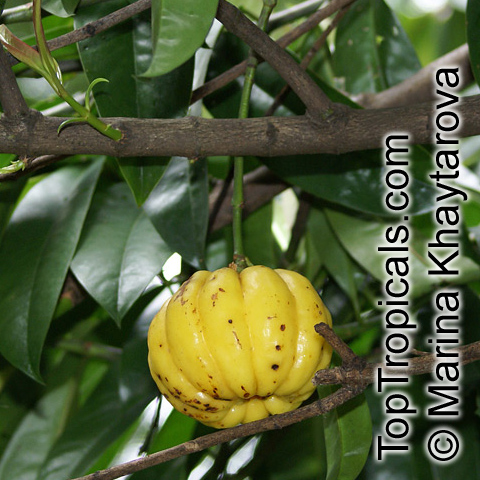
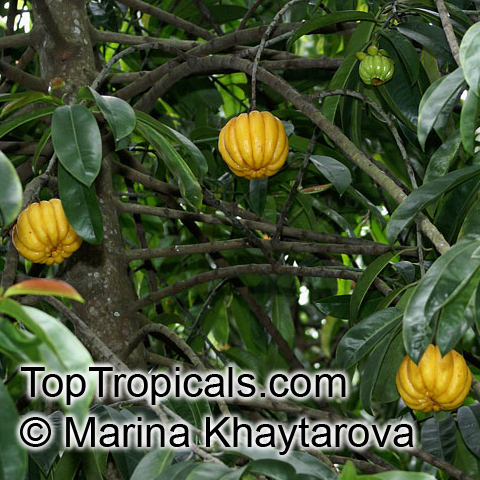
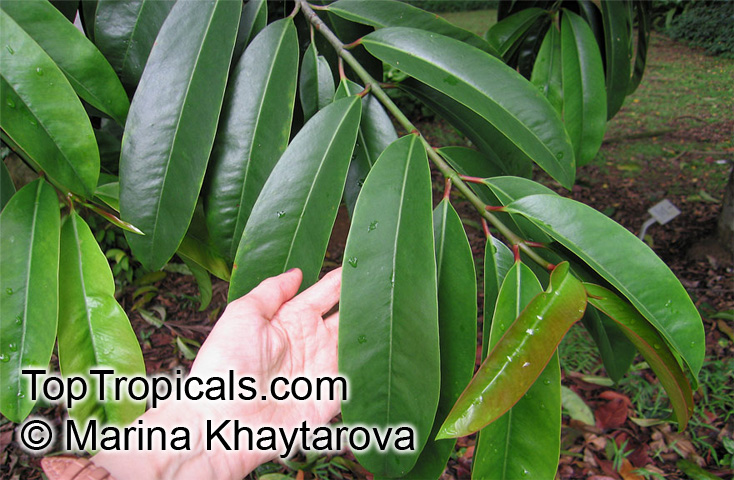
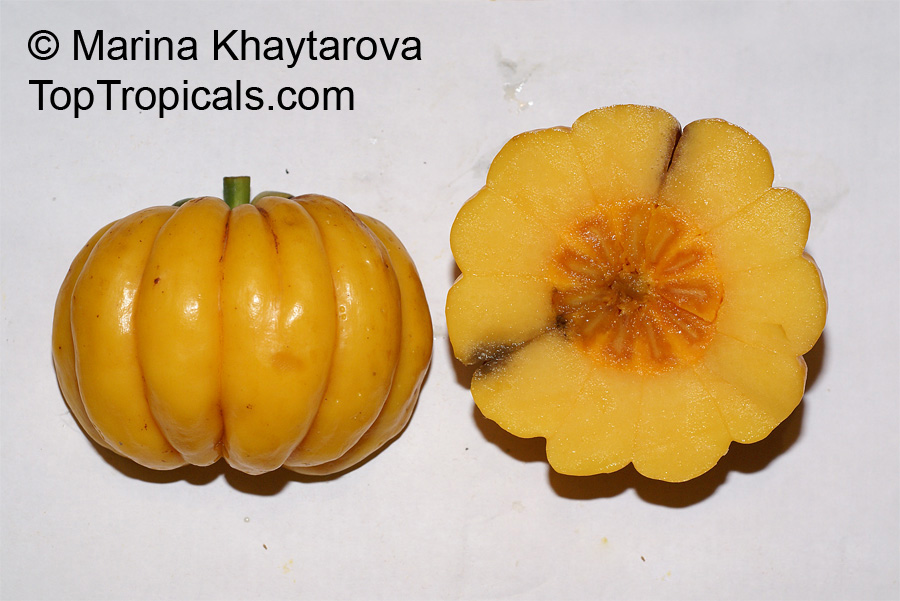
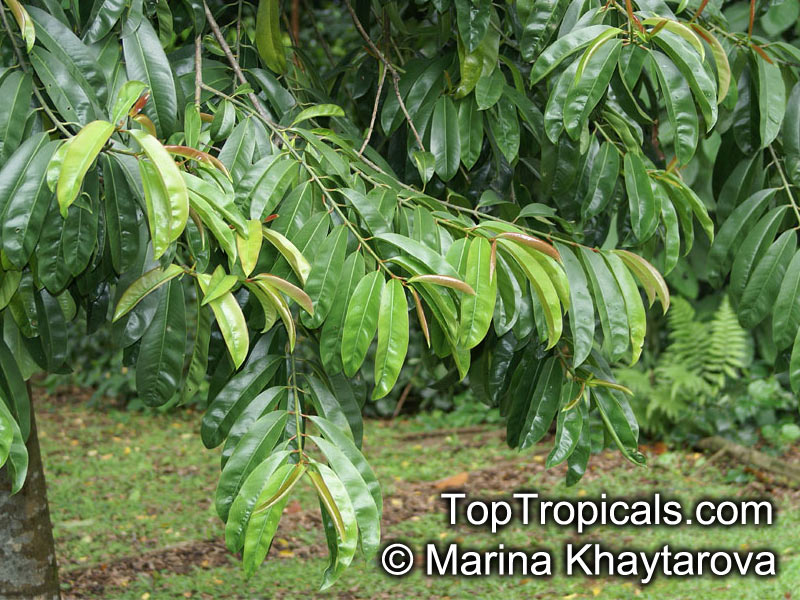

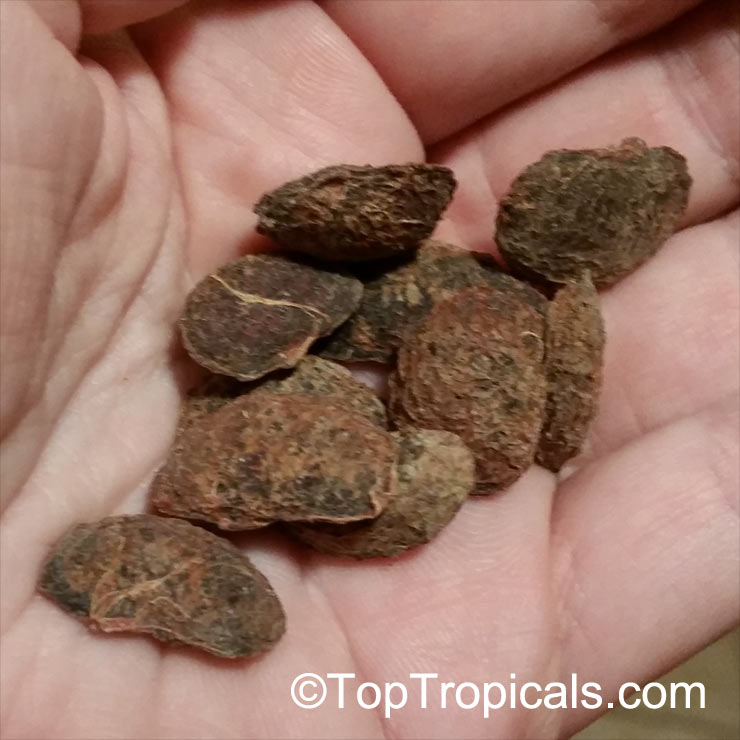
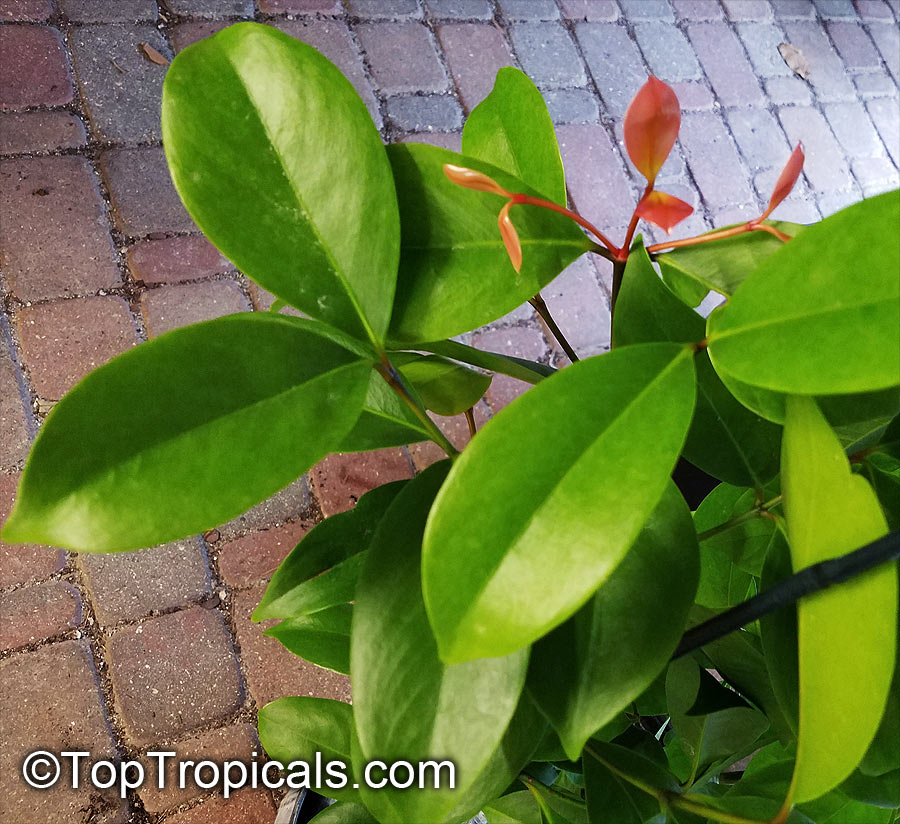
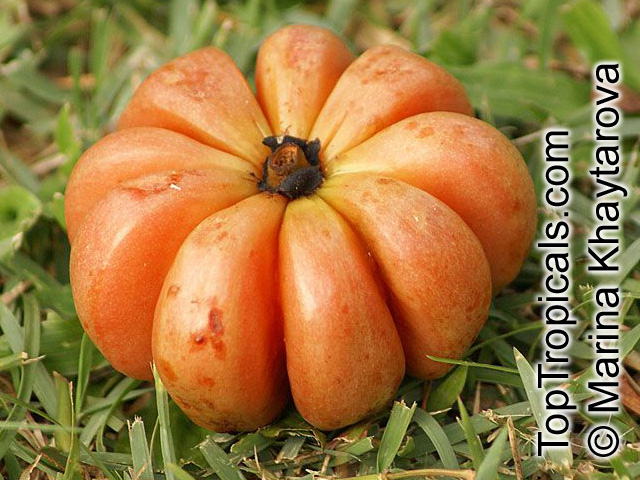
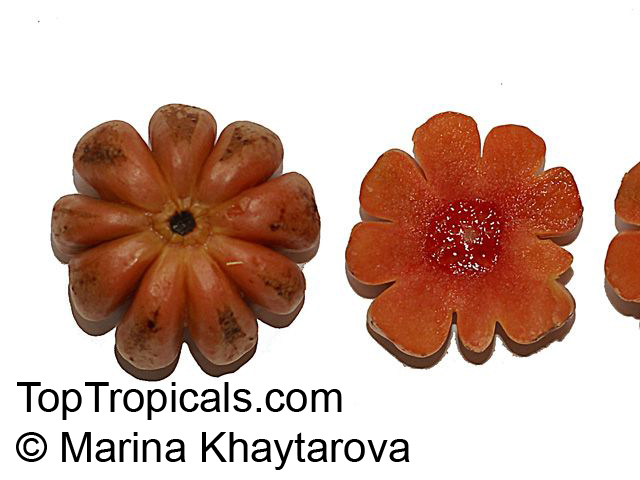
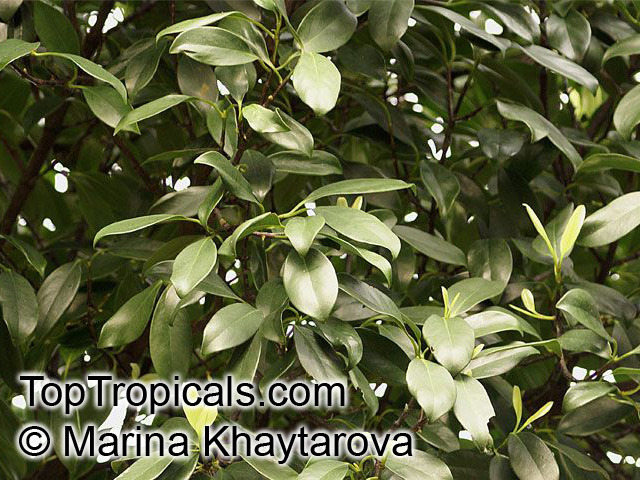
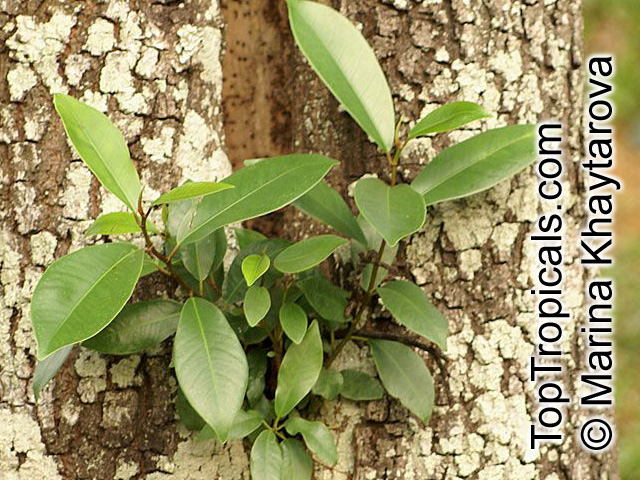
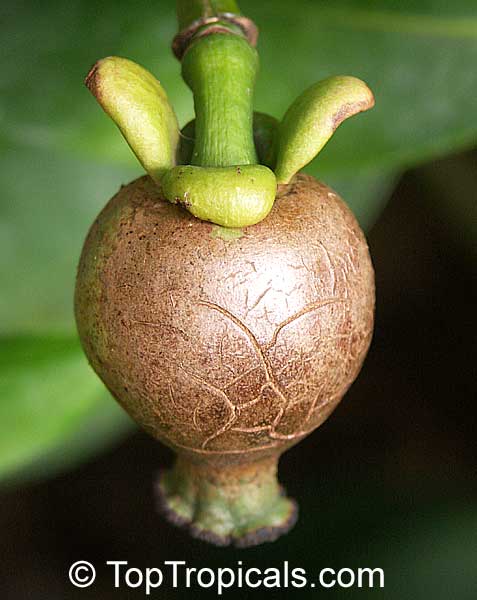
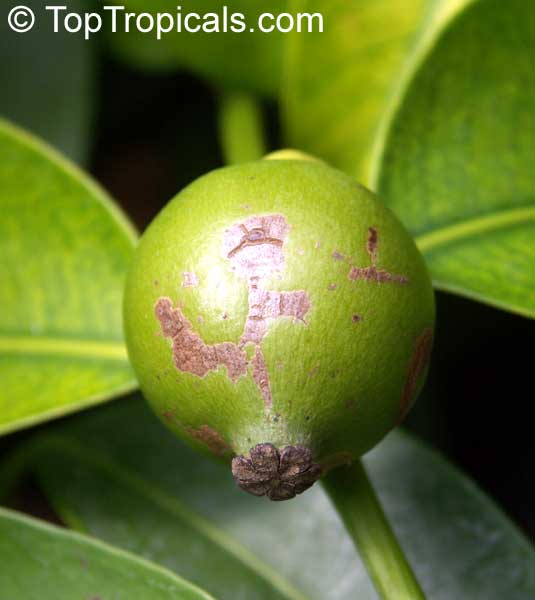
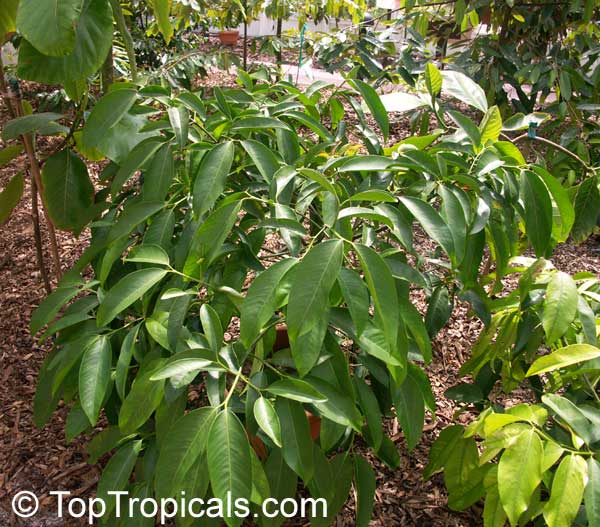
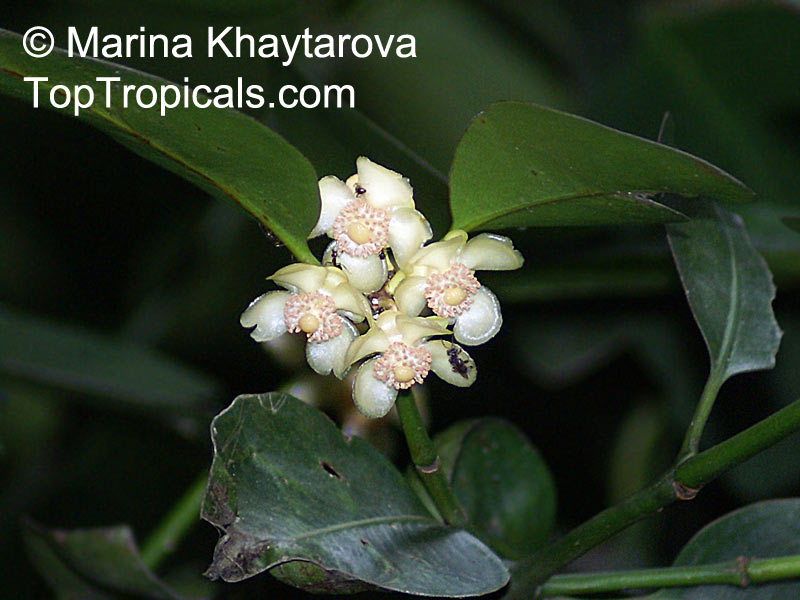
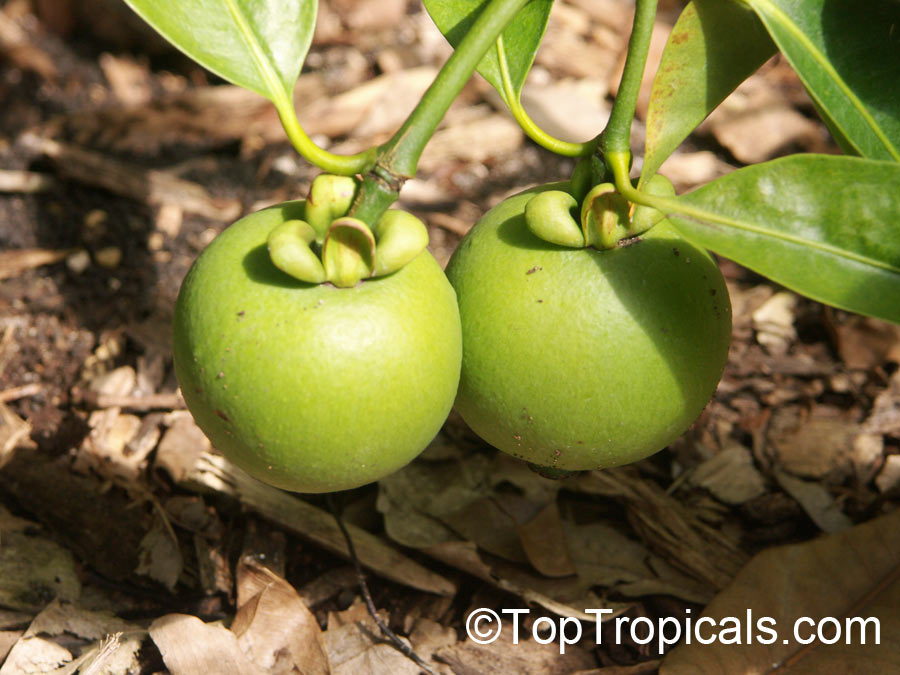
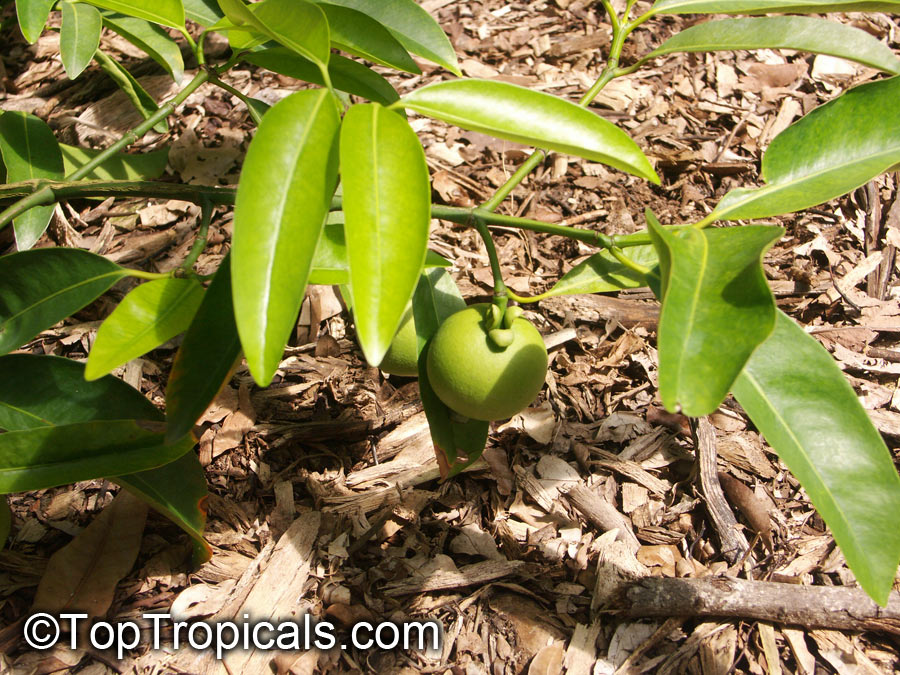
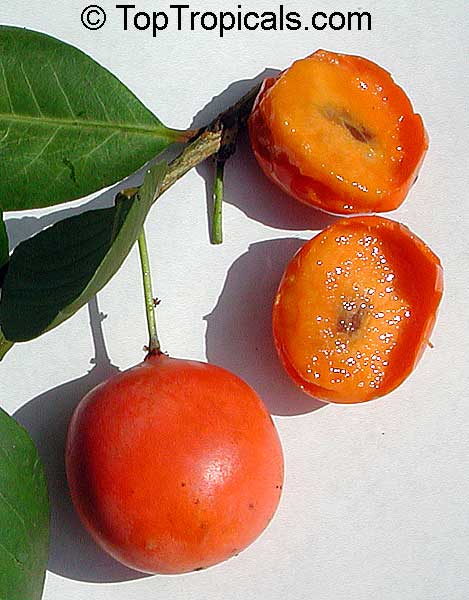
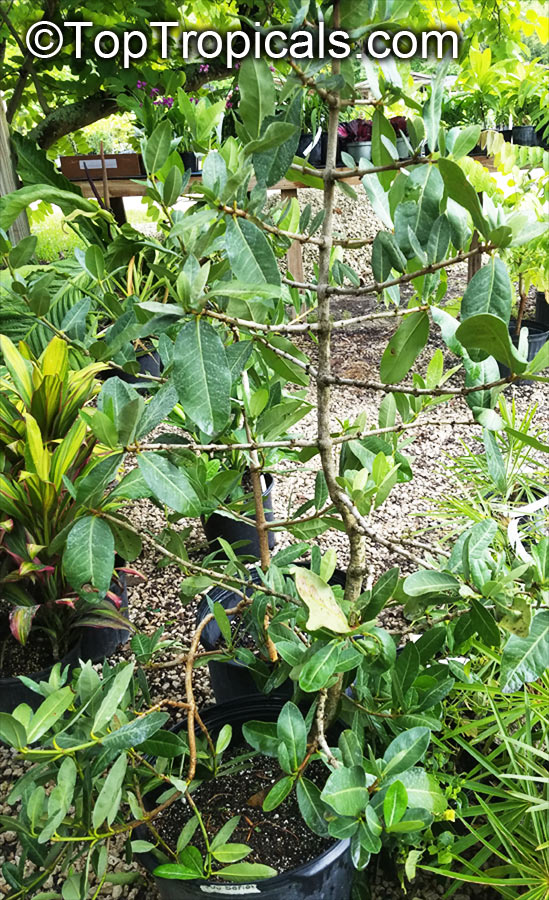
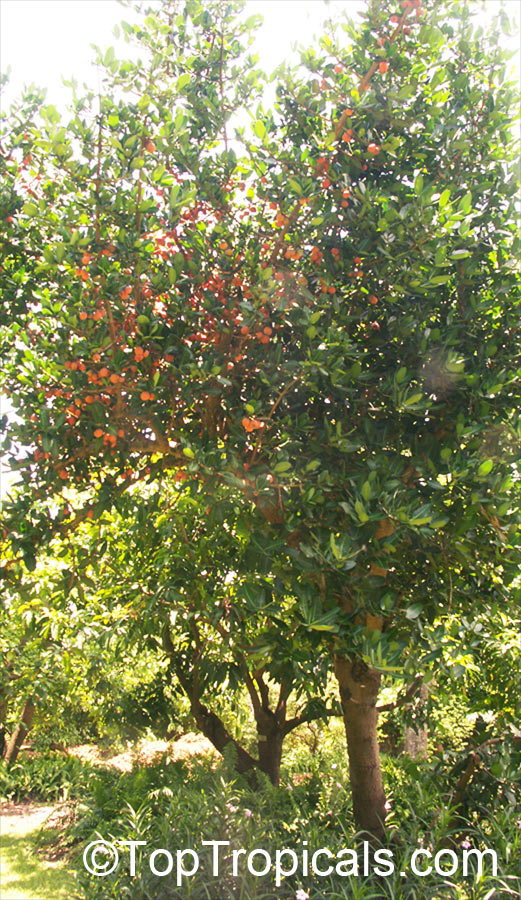
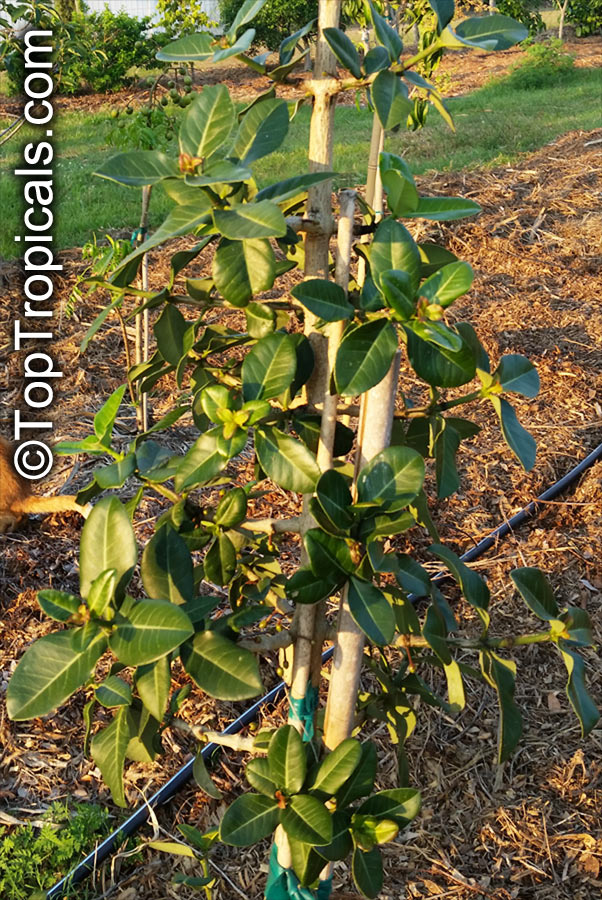
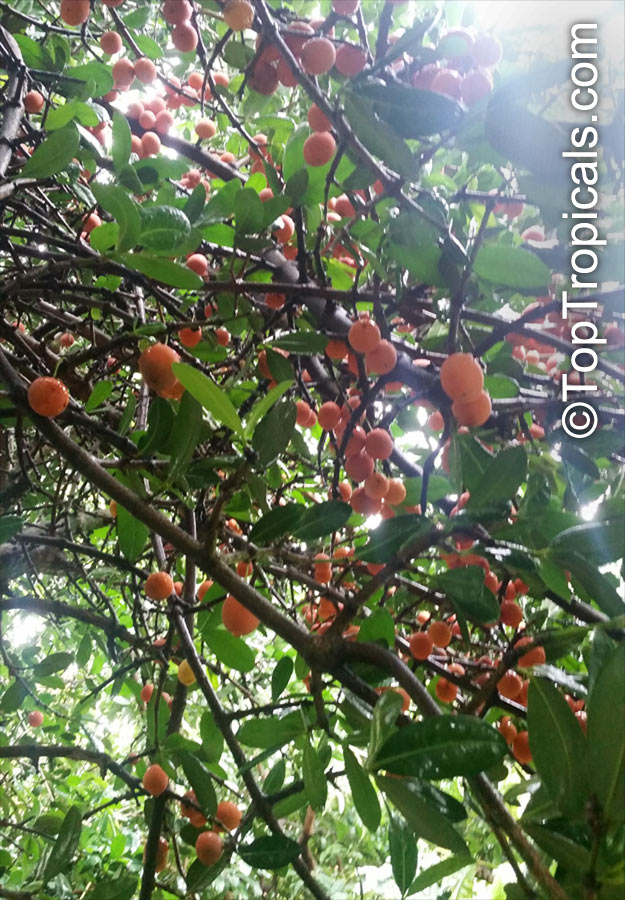
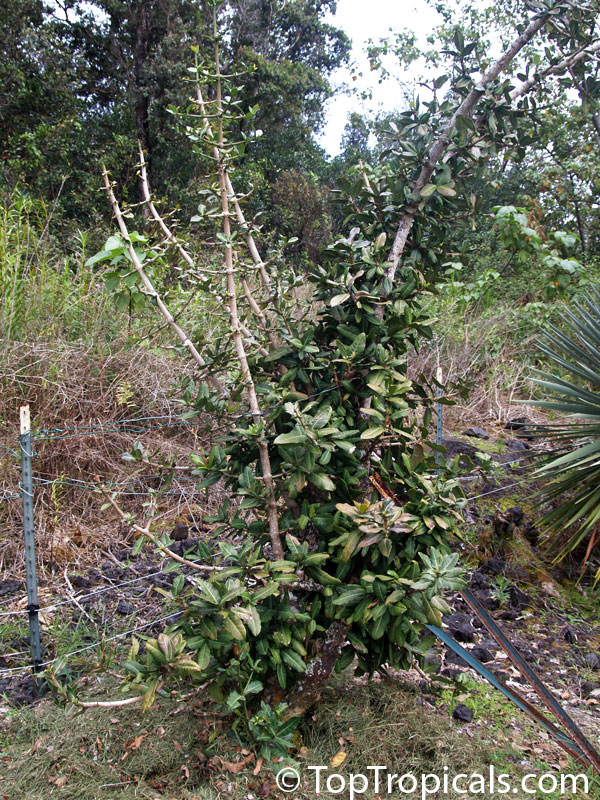
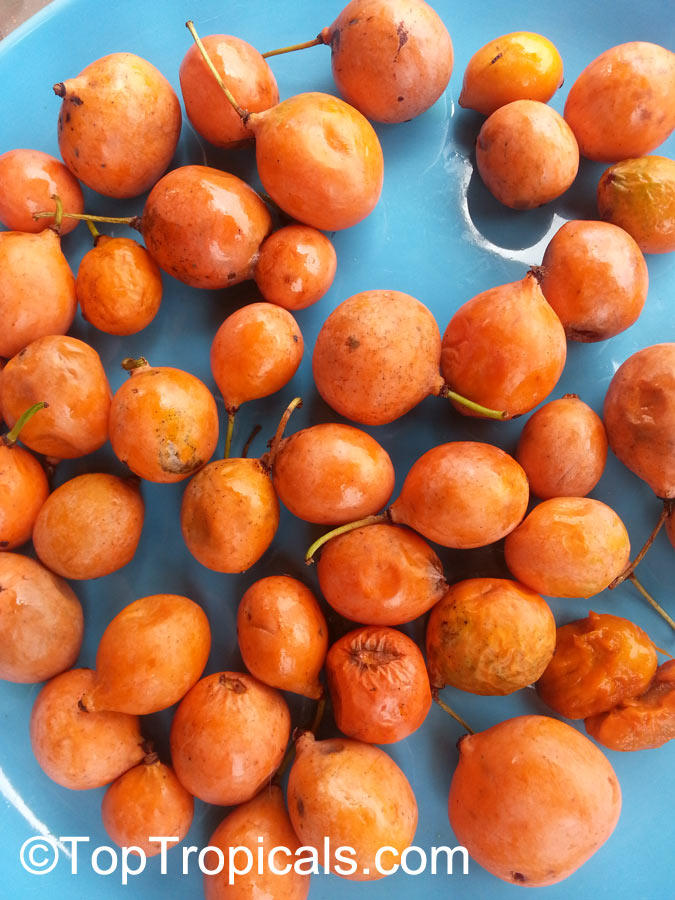
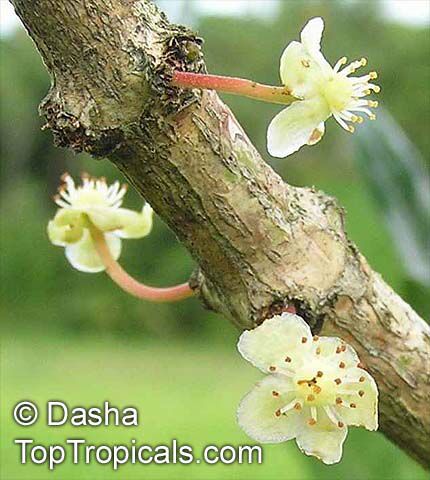
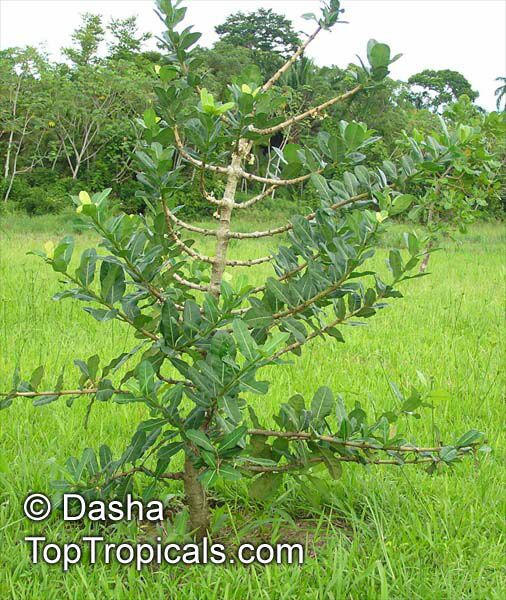
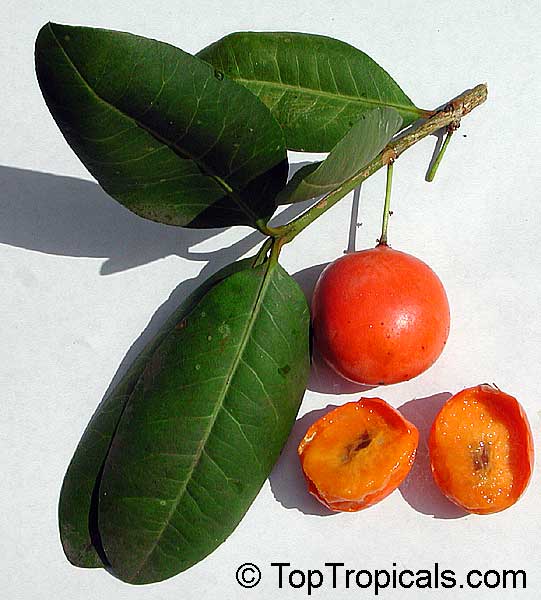
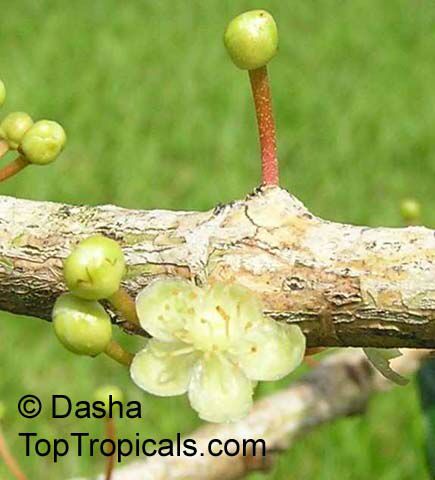
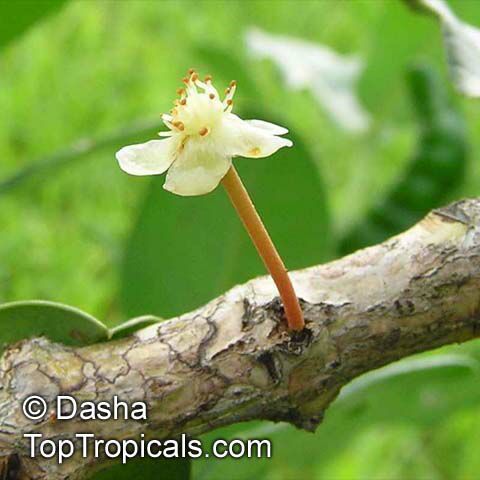
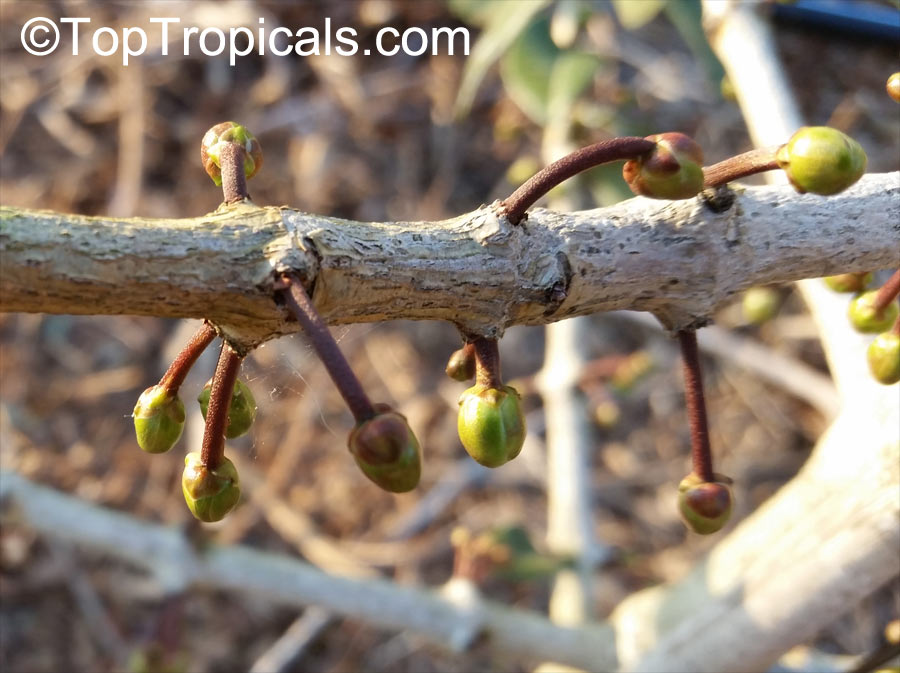
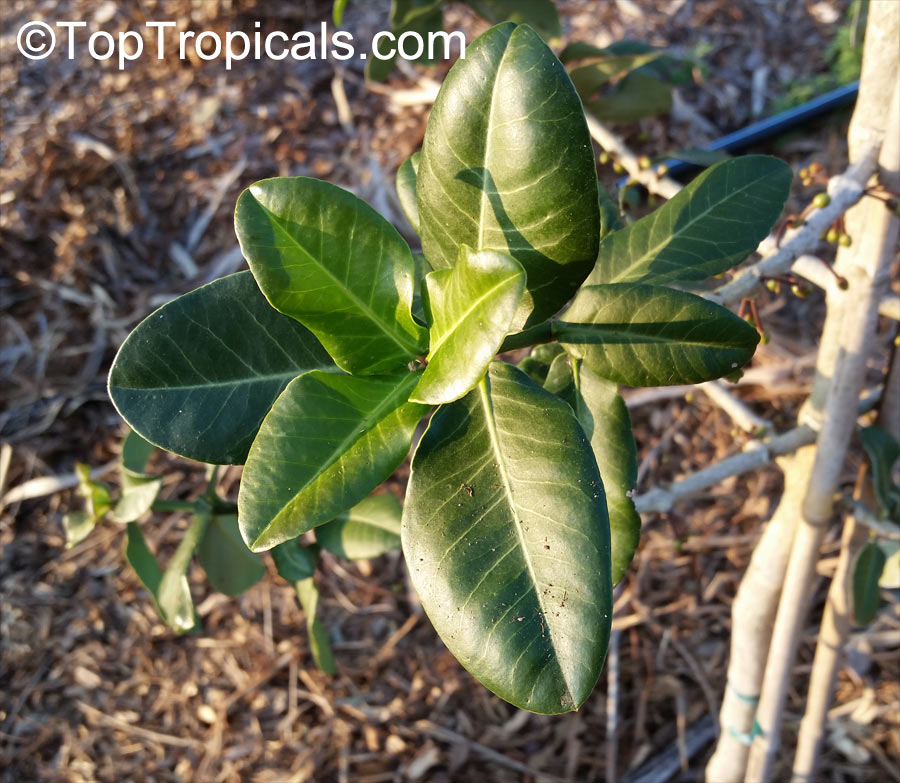
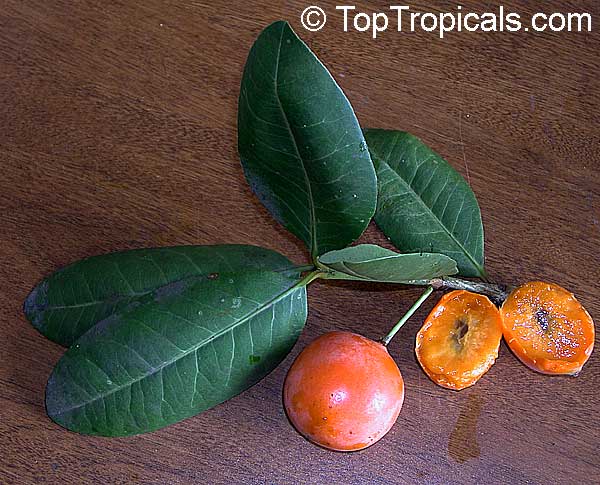
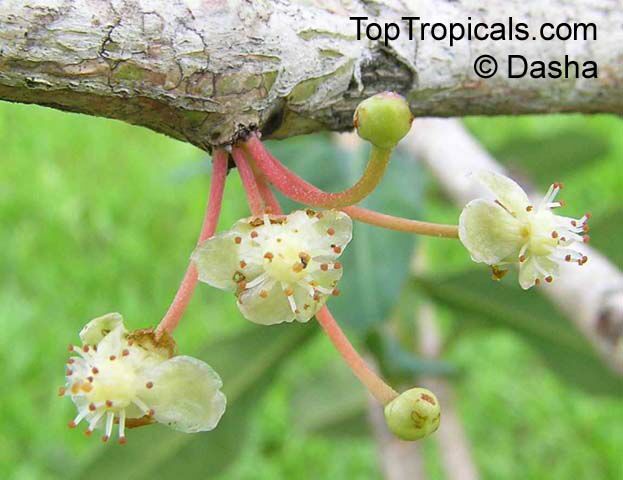
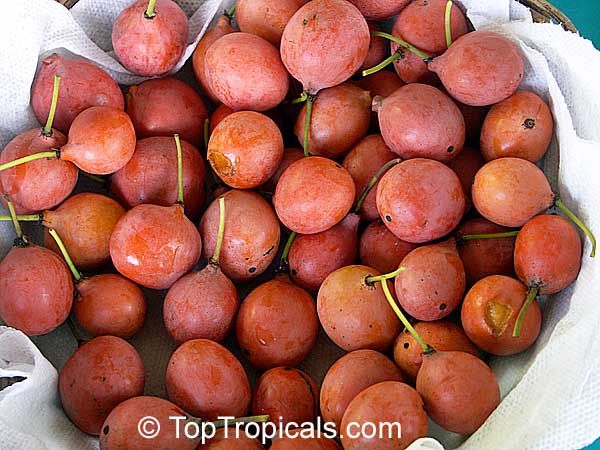
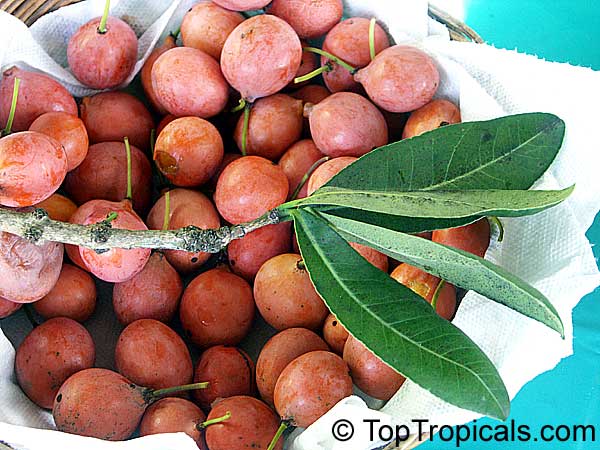
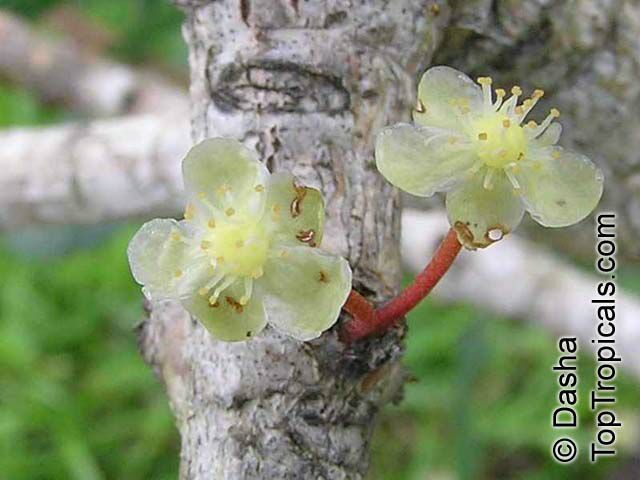
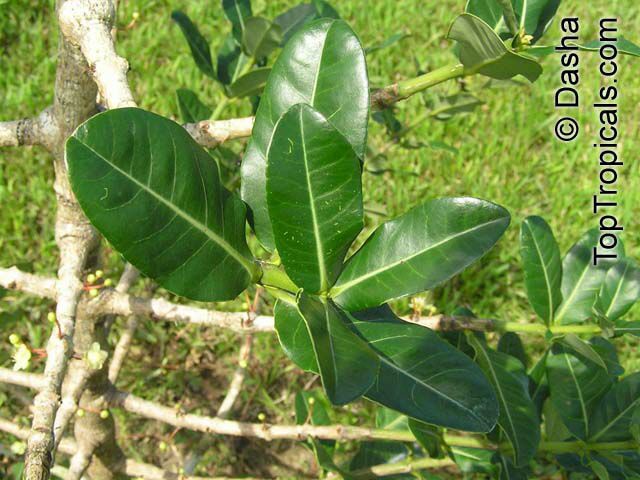
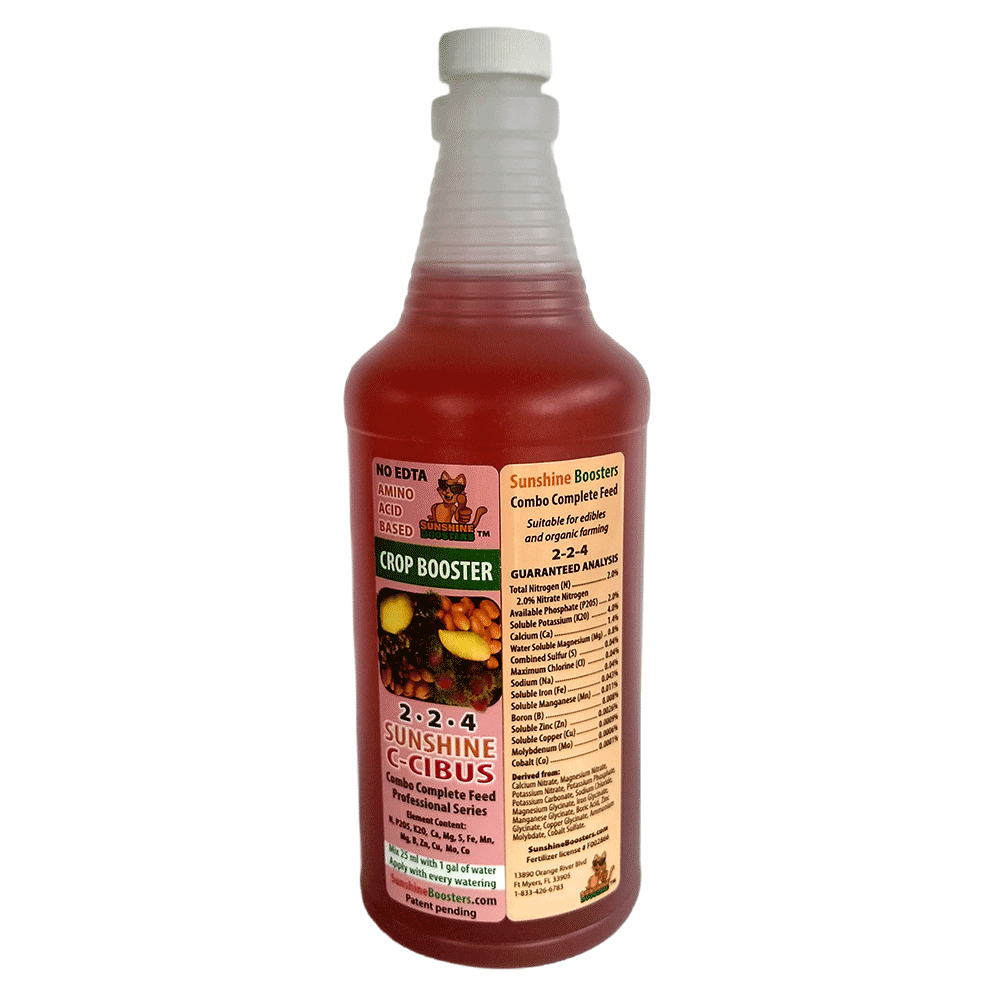 SUNSHINE C-Cibus (NPK 2-2-4) - Crop Booster for every watering.
SUNSHINE C-Cibus (NPK 2-2-4) - Crop Booster for every watering. 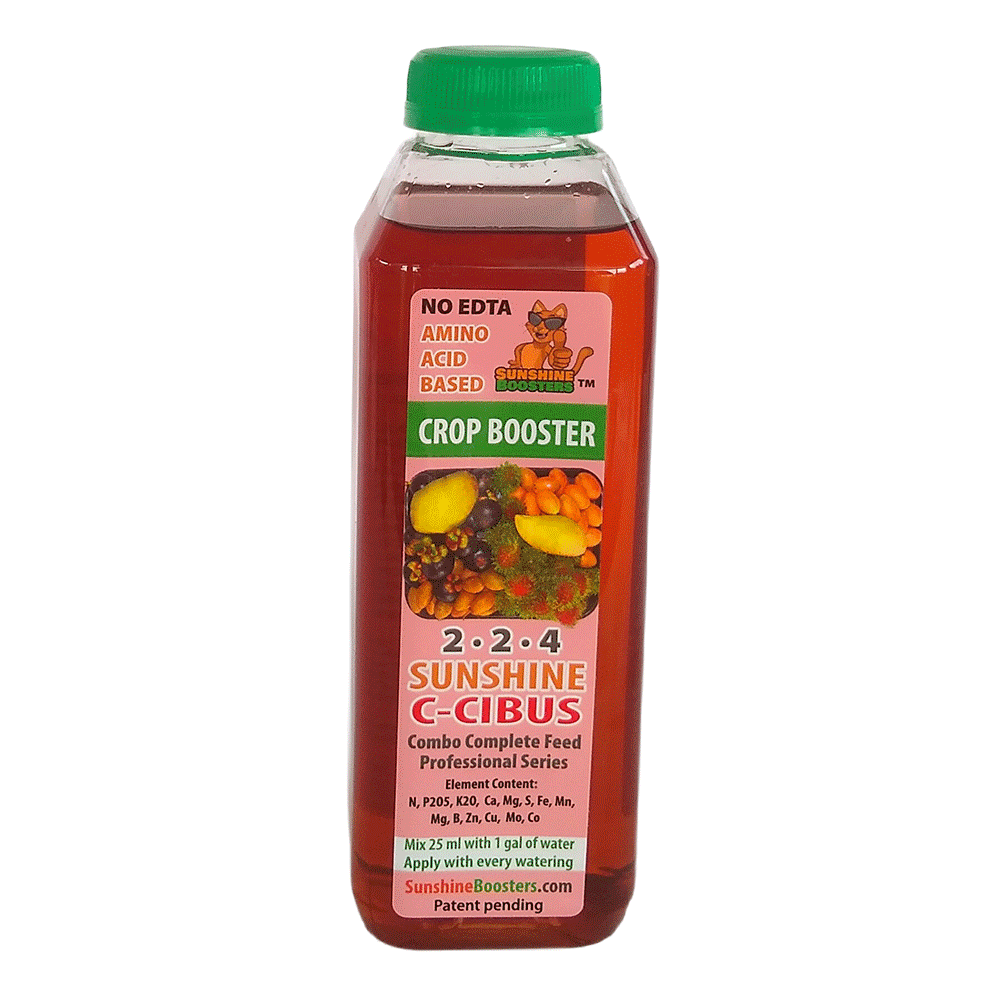 SUNSHINE C-Cibus (NPK 2-2-4) - Crop Booster for every watering.
SUNSHINE C-Cibus (NPK 2-2-4) - Crop Booster for every watering. 